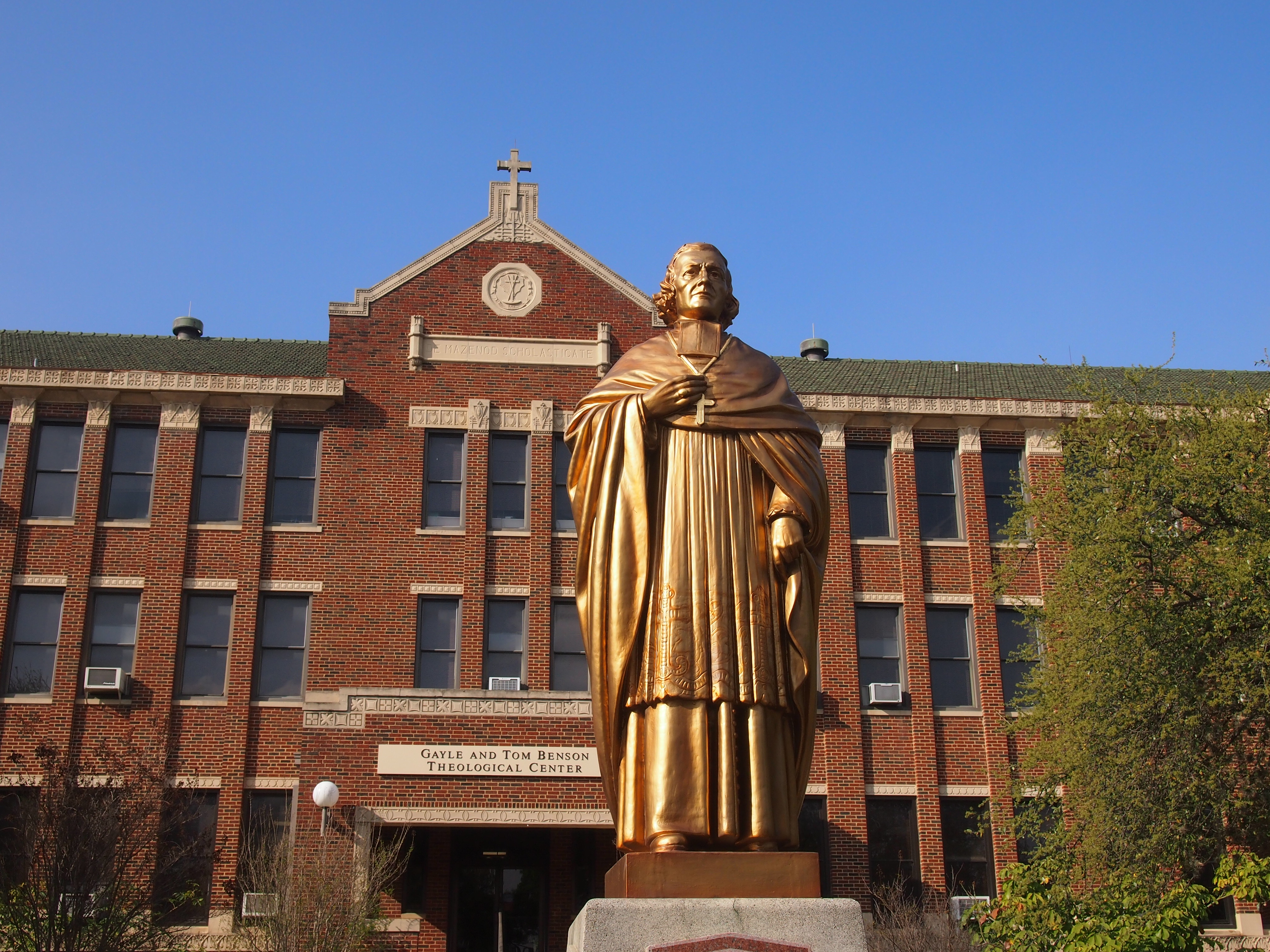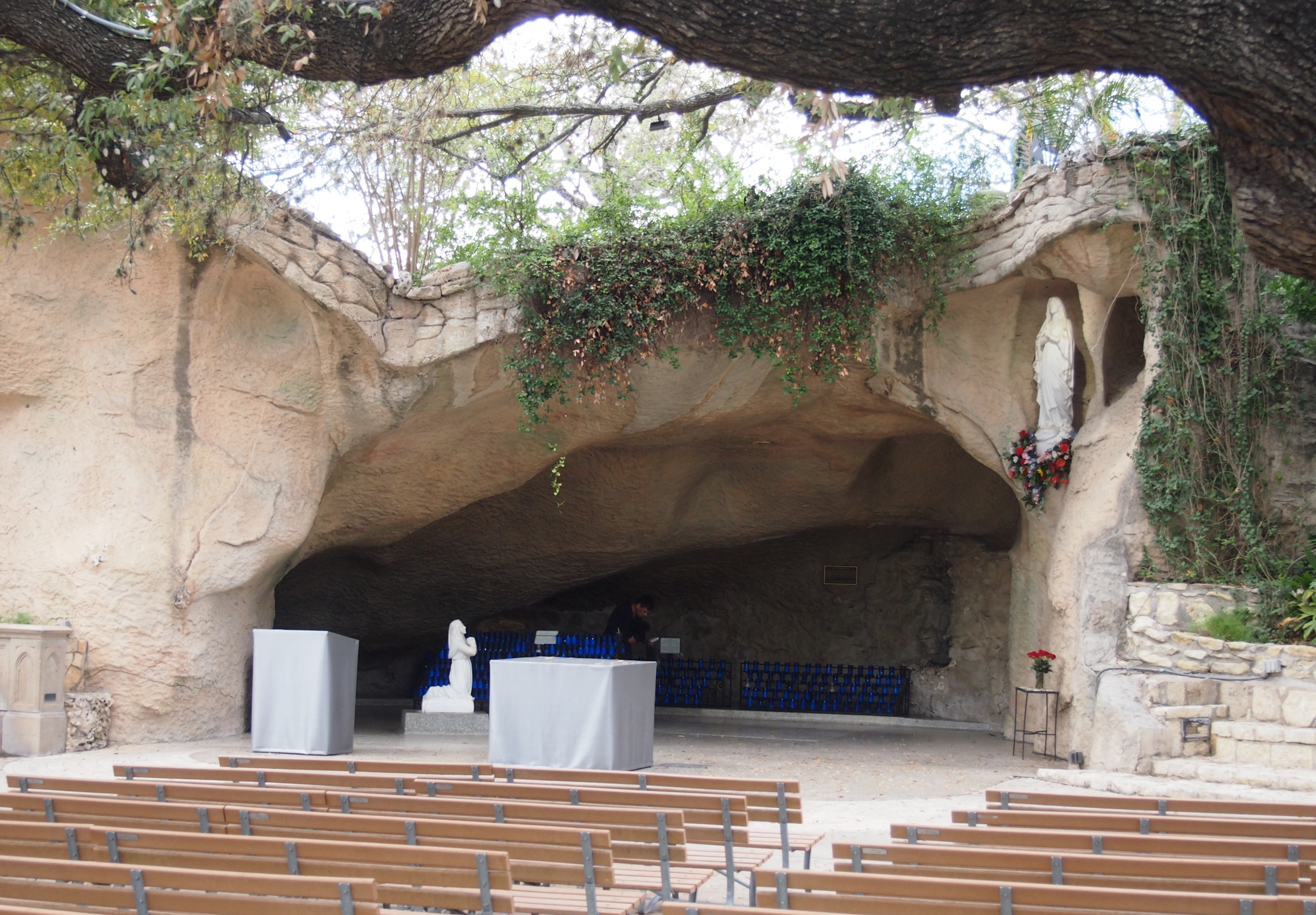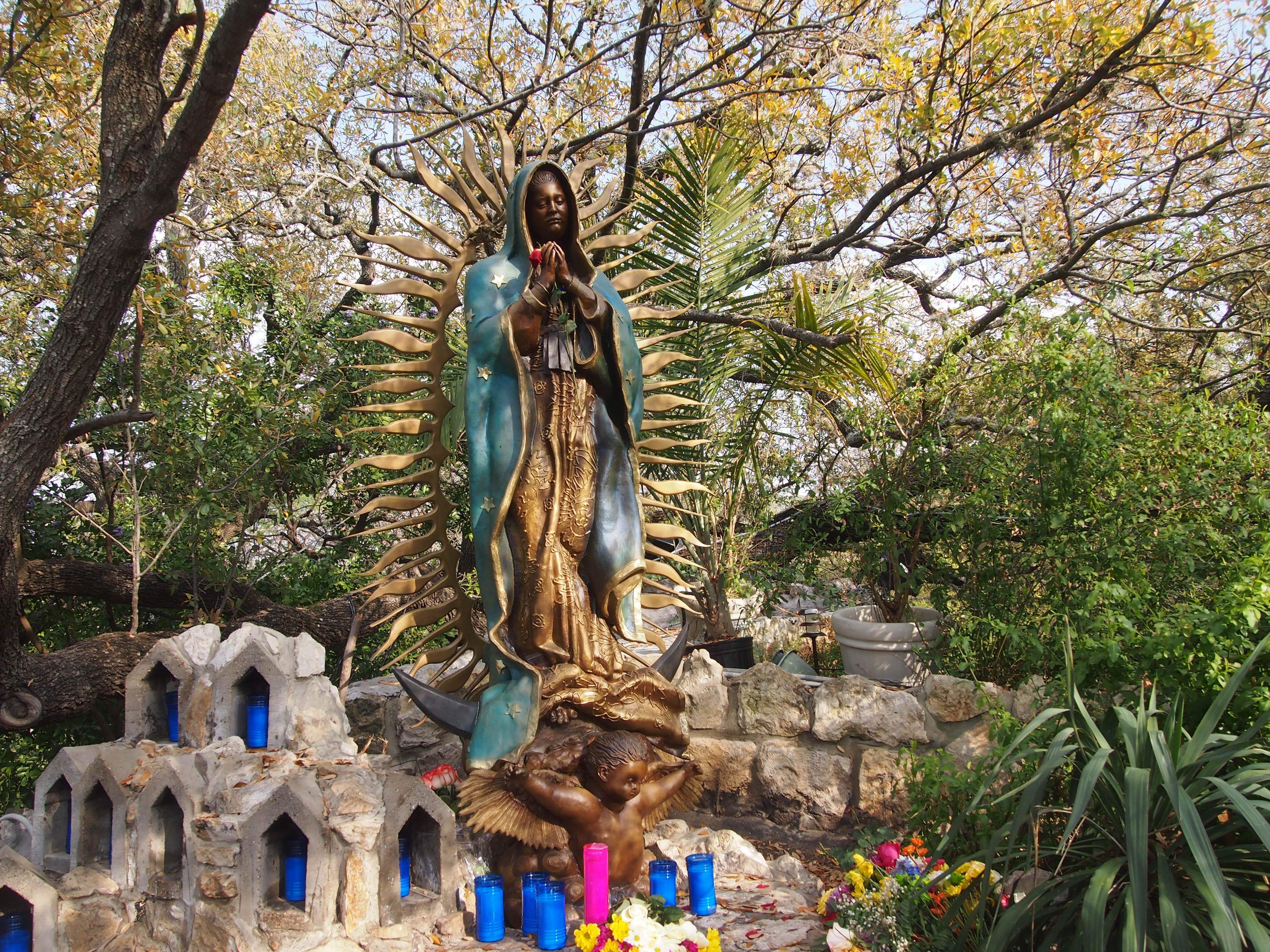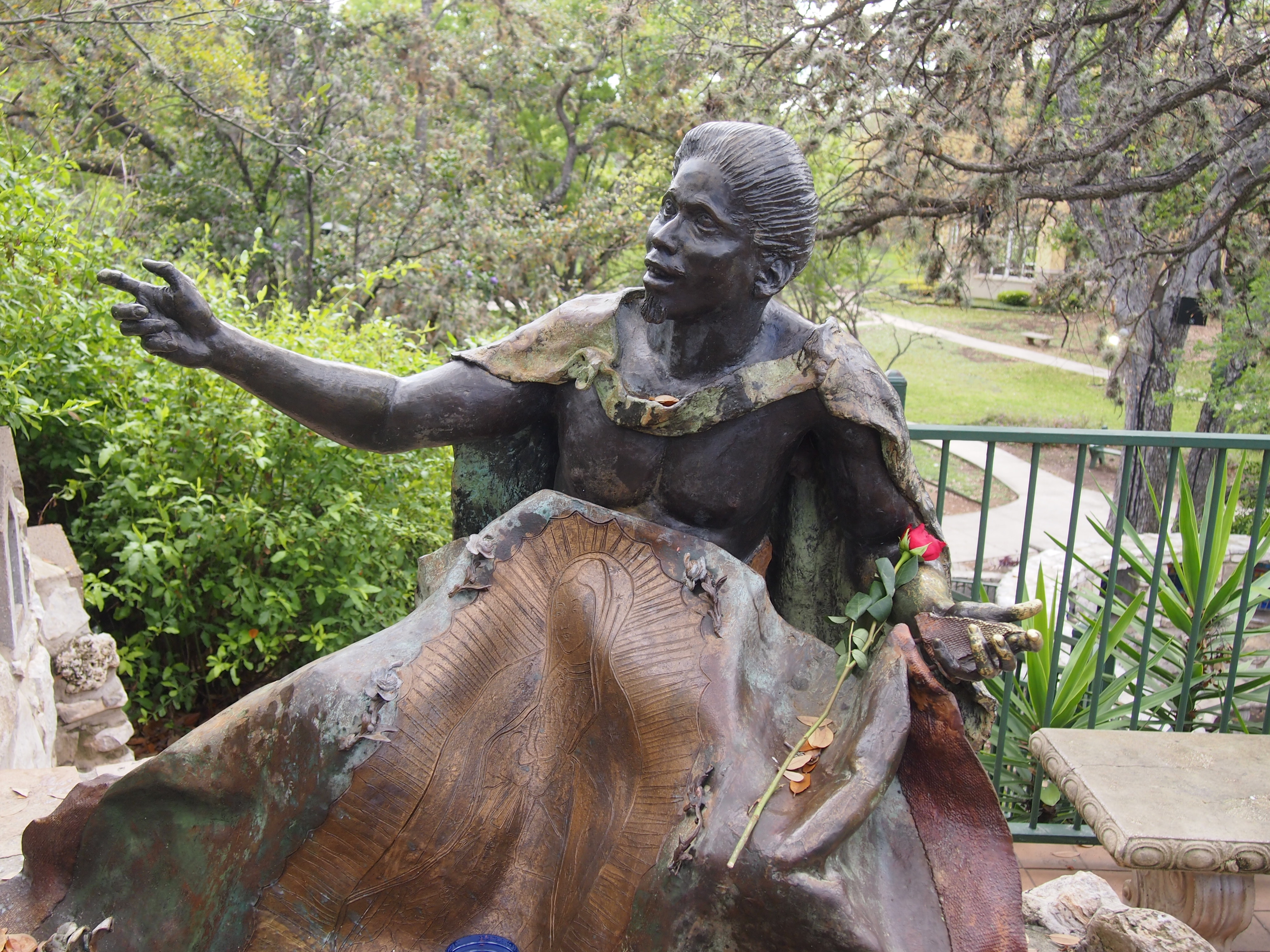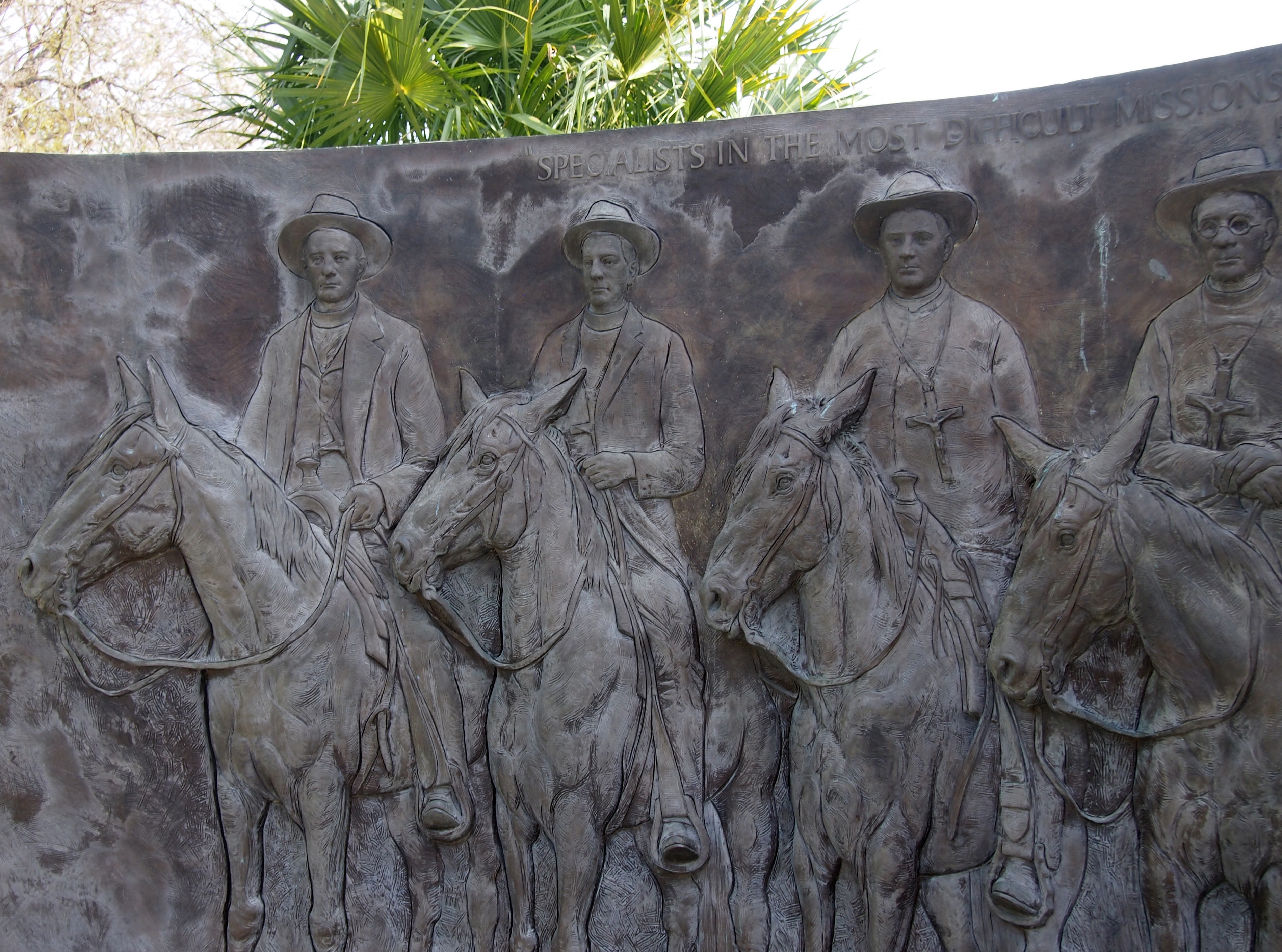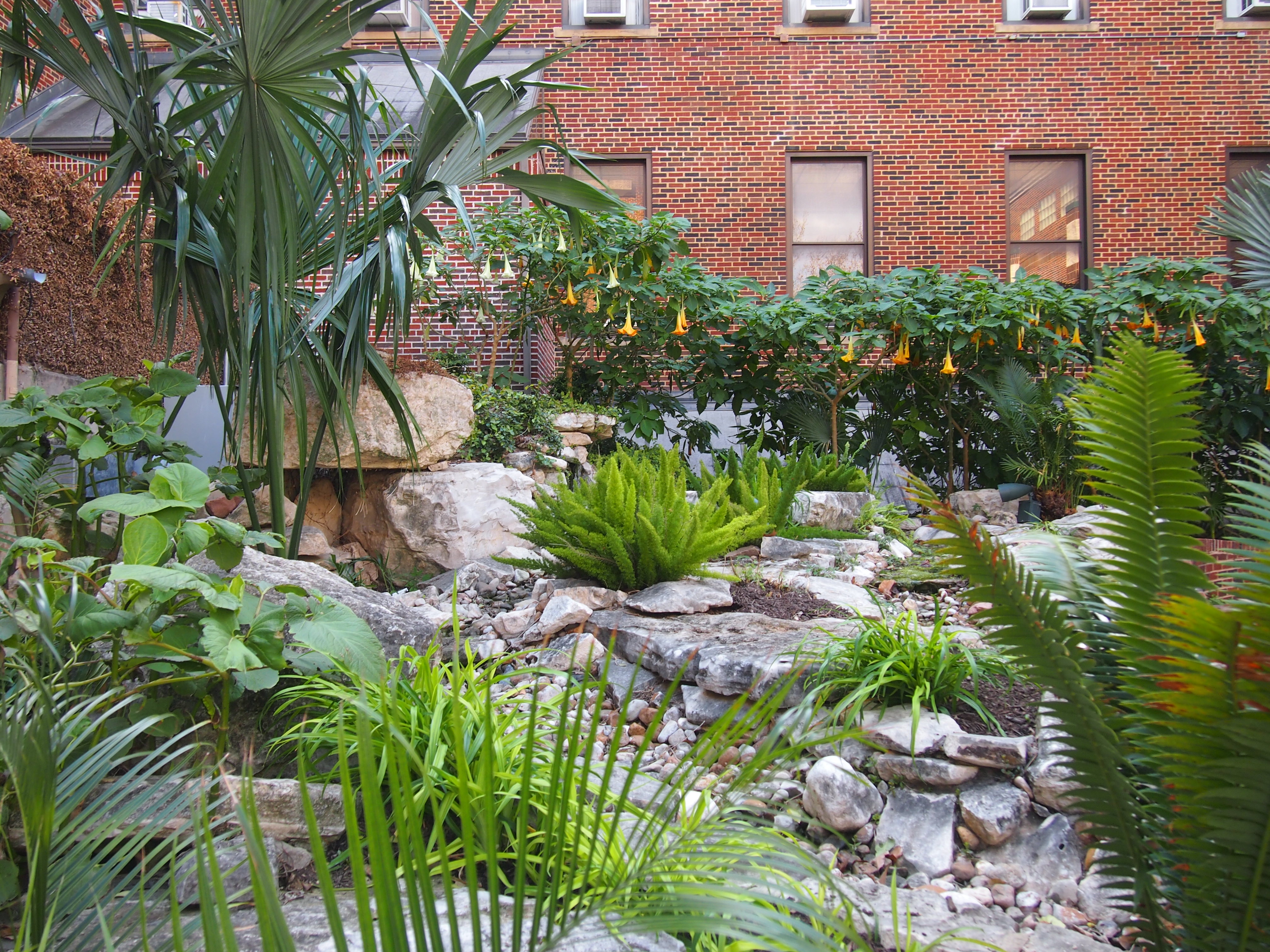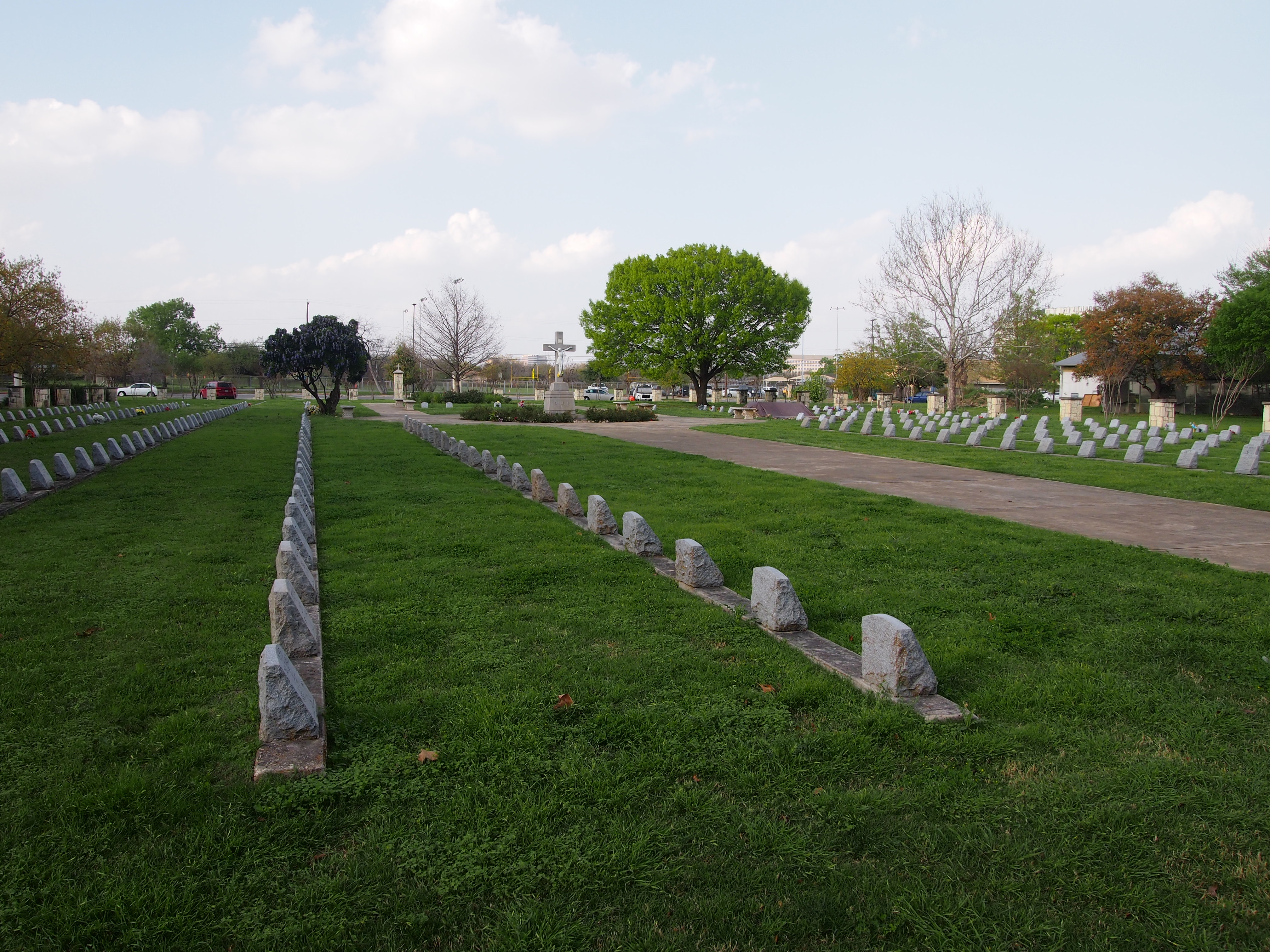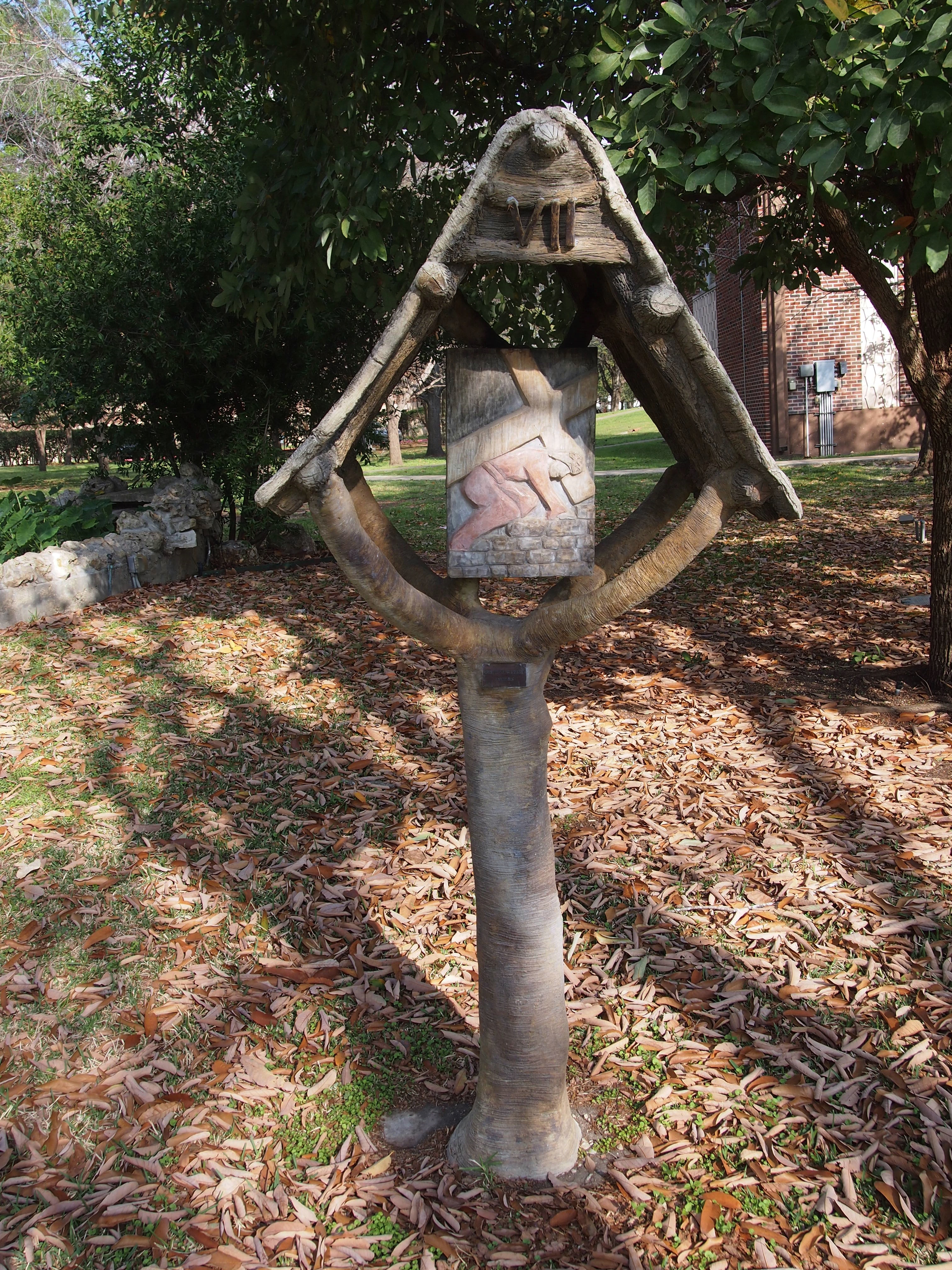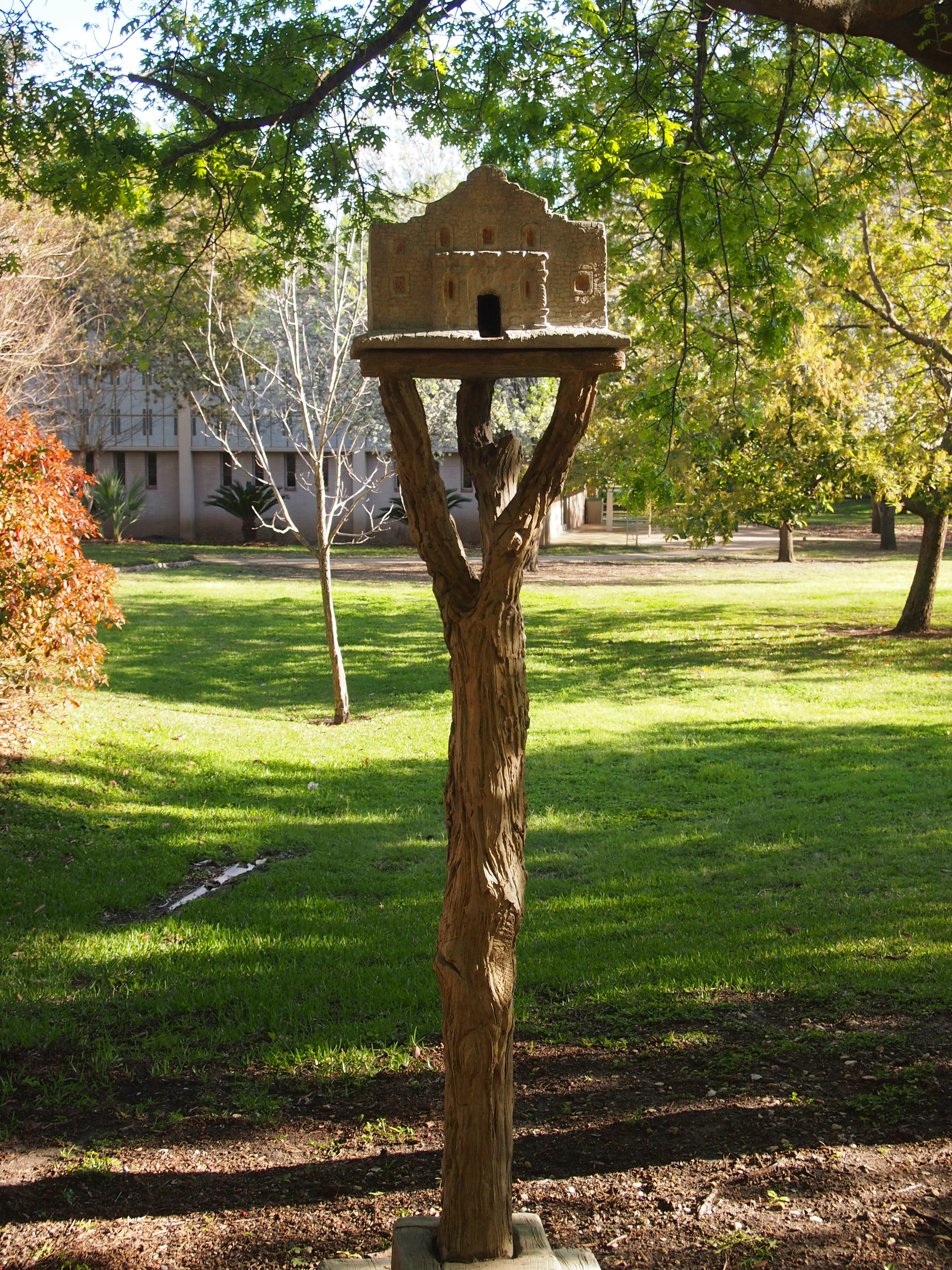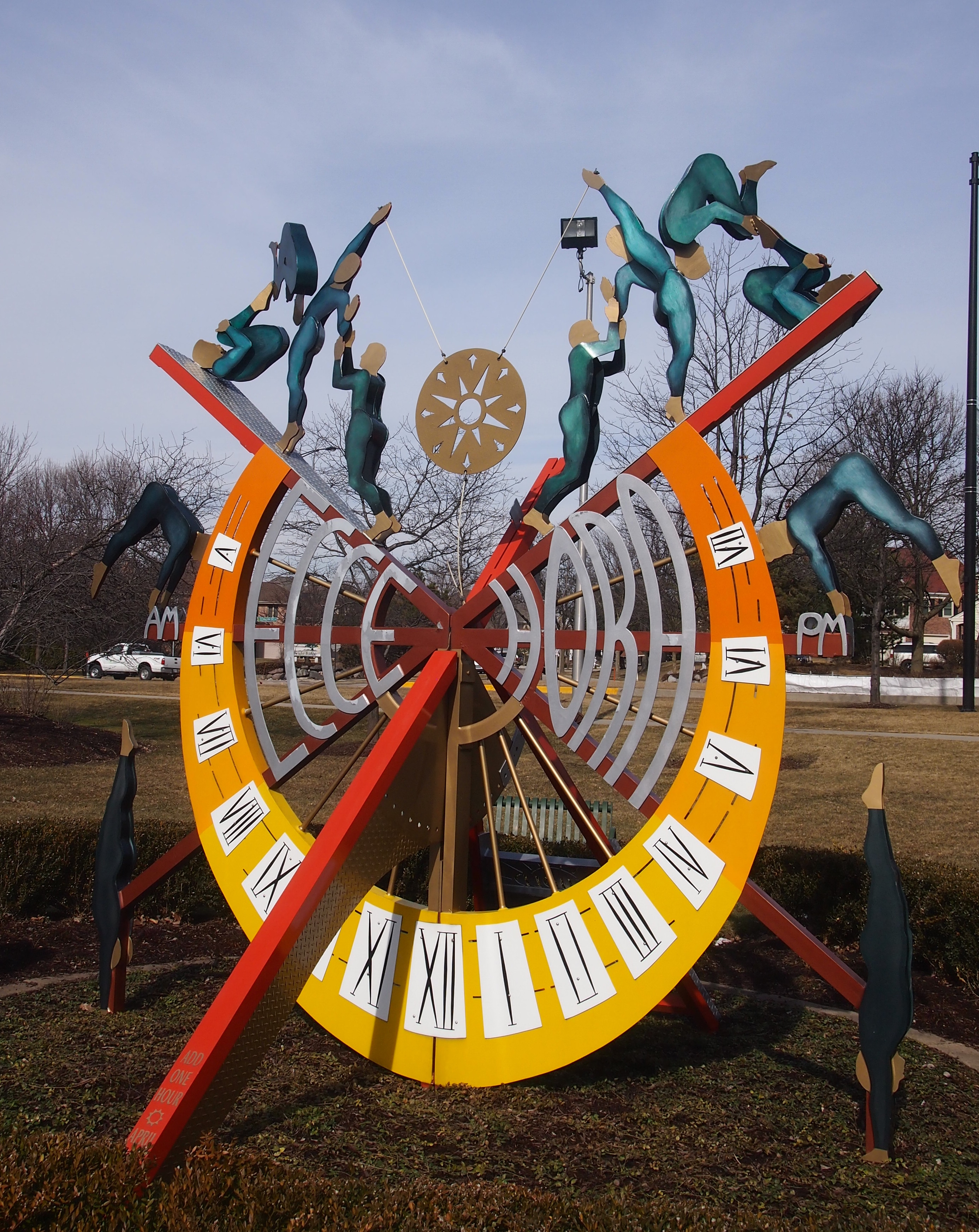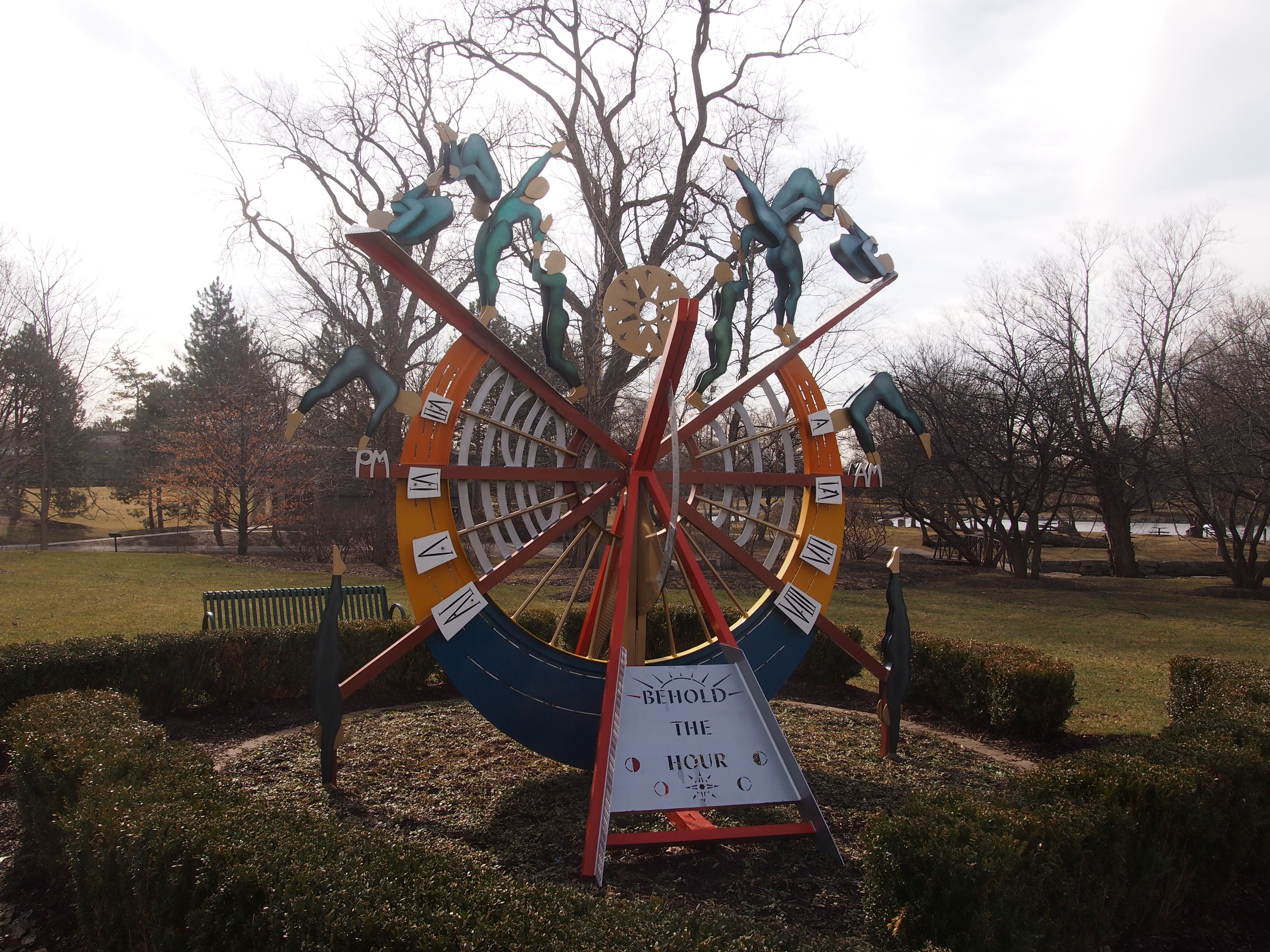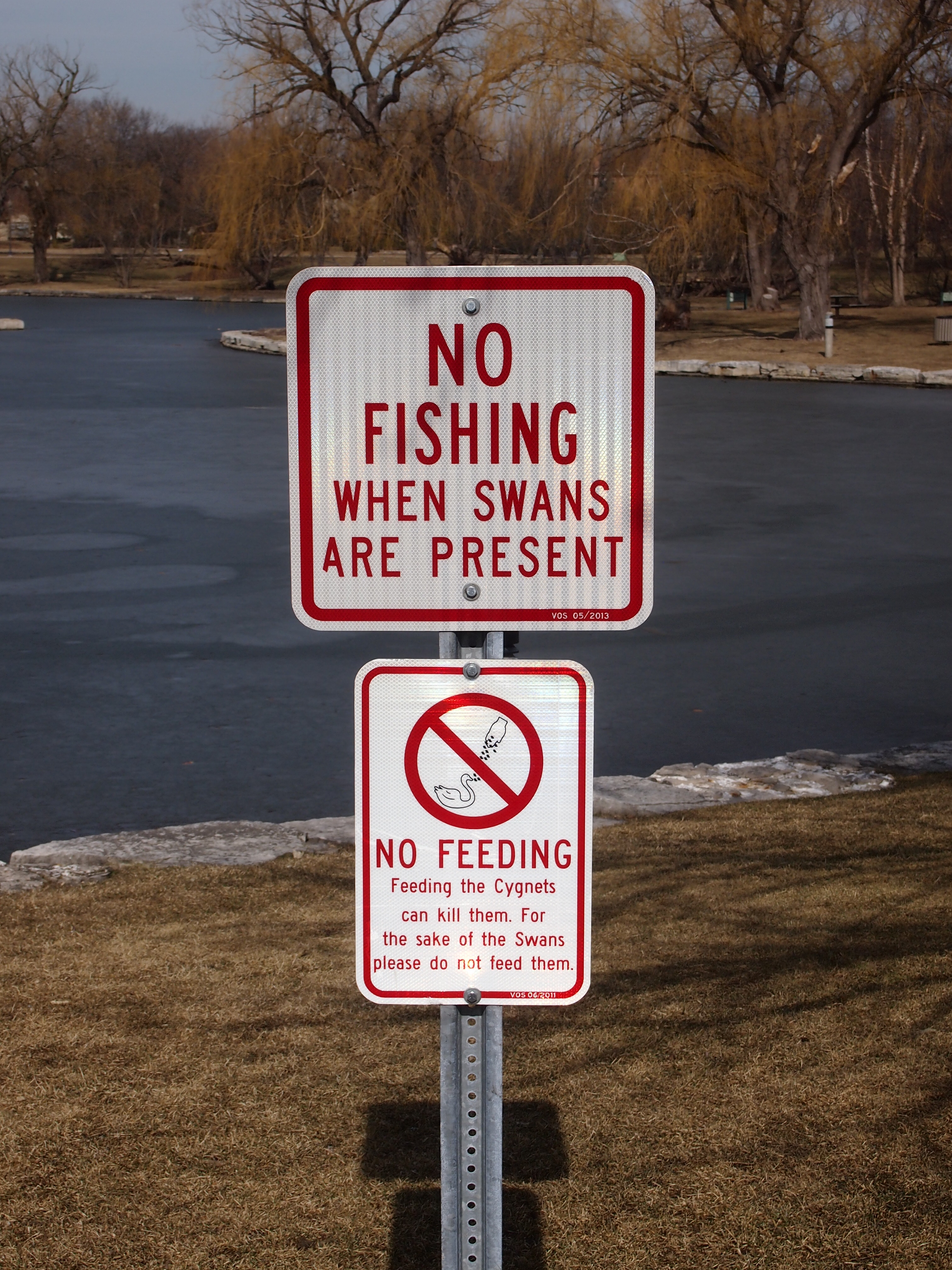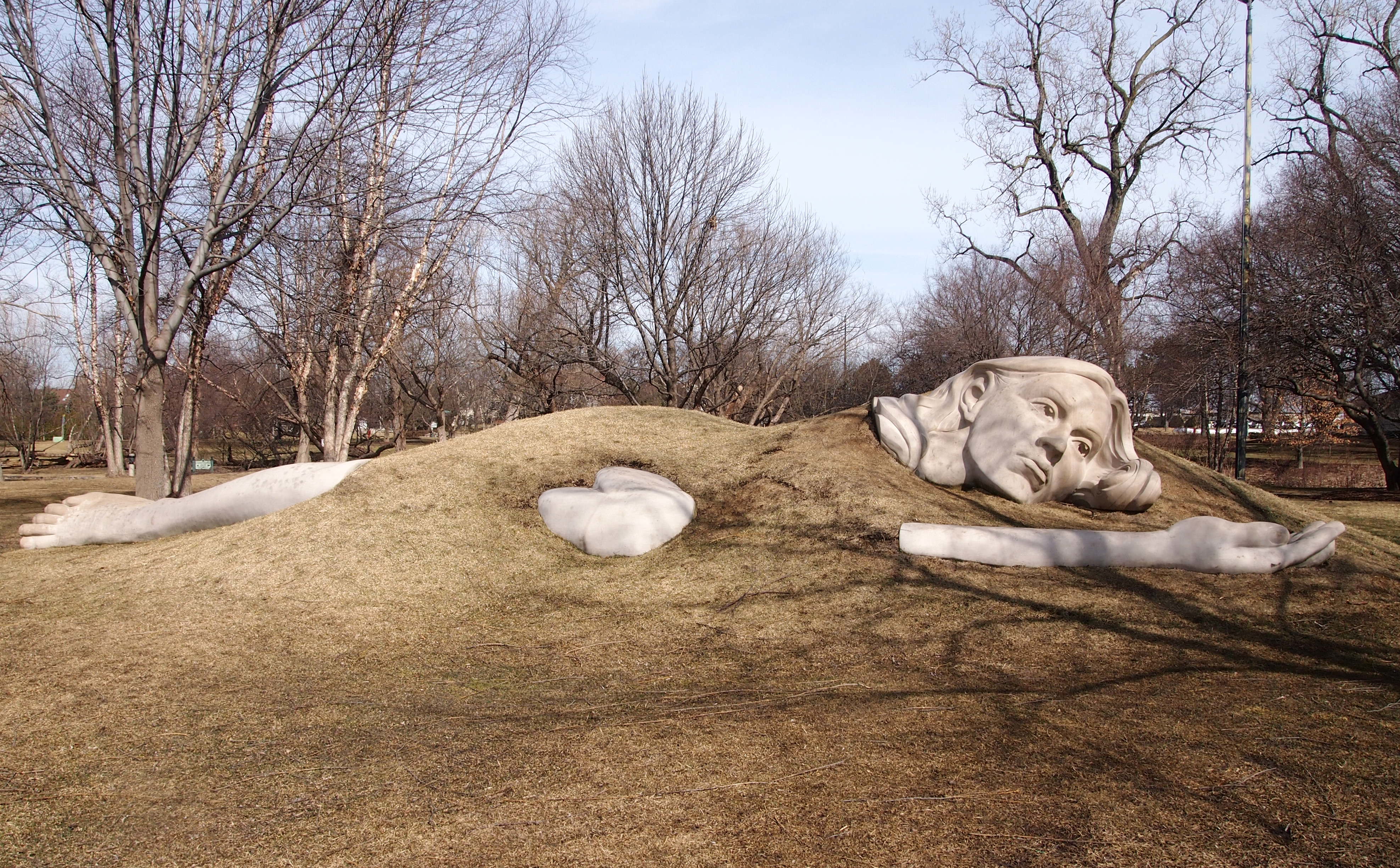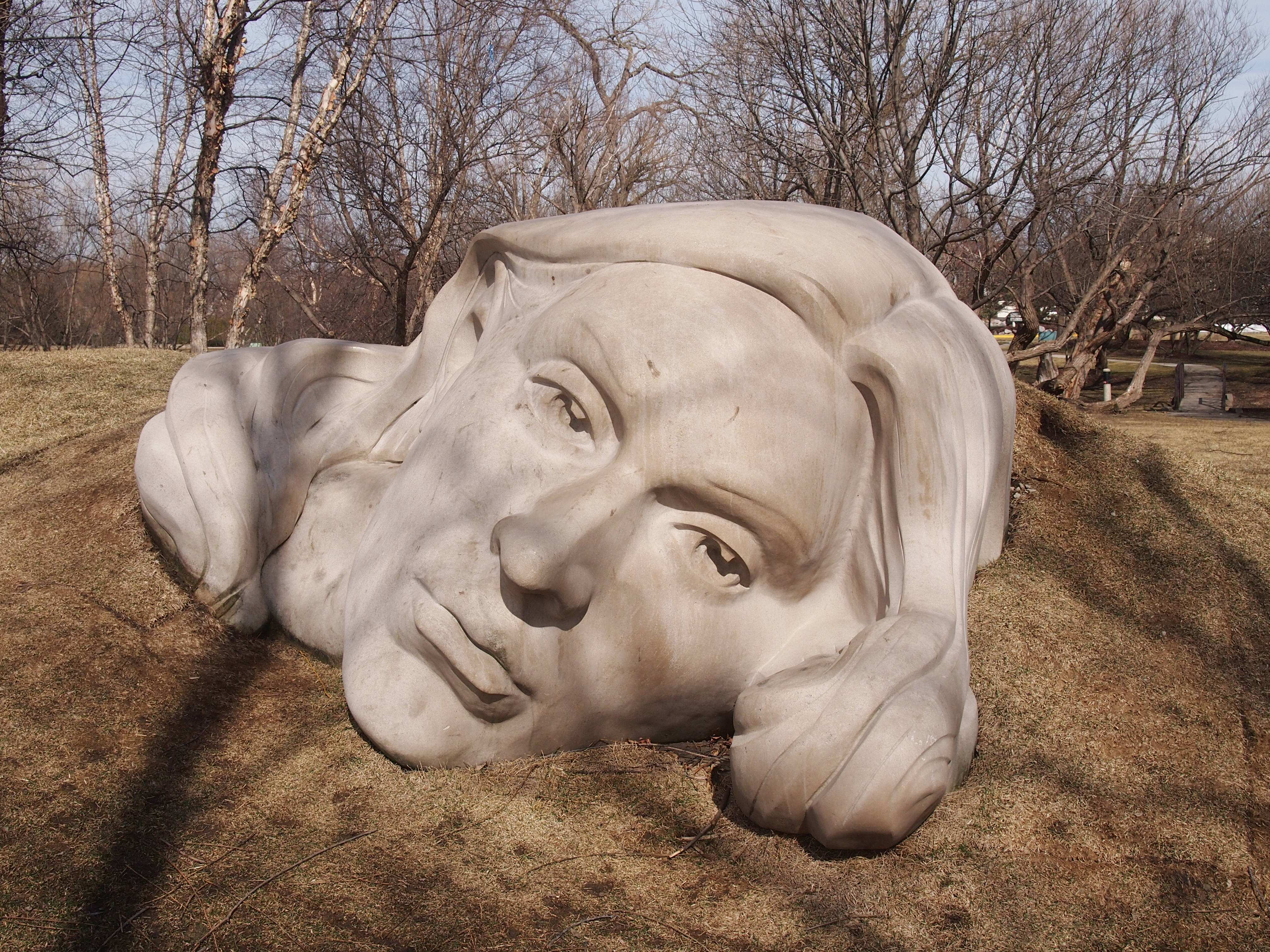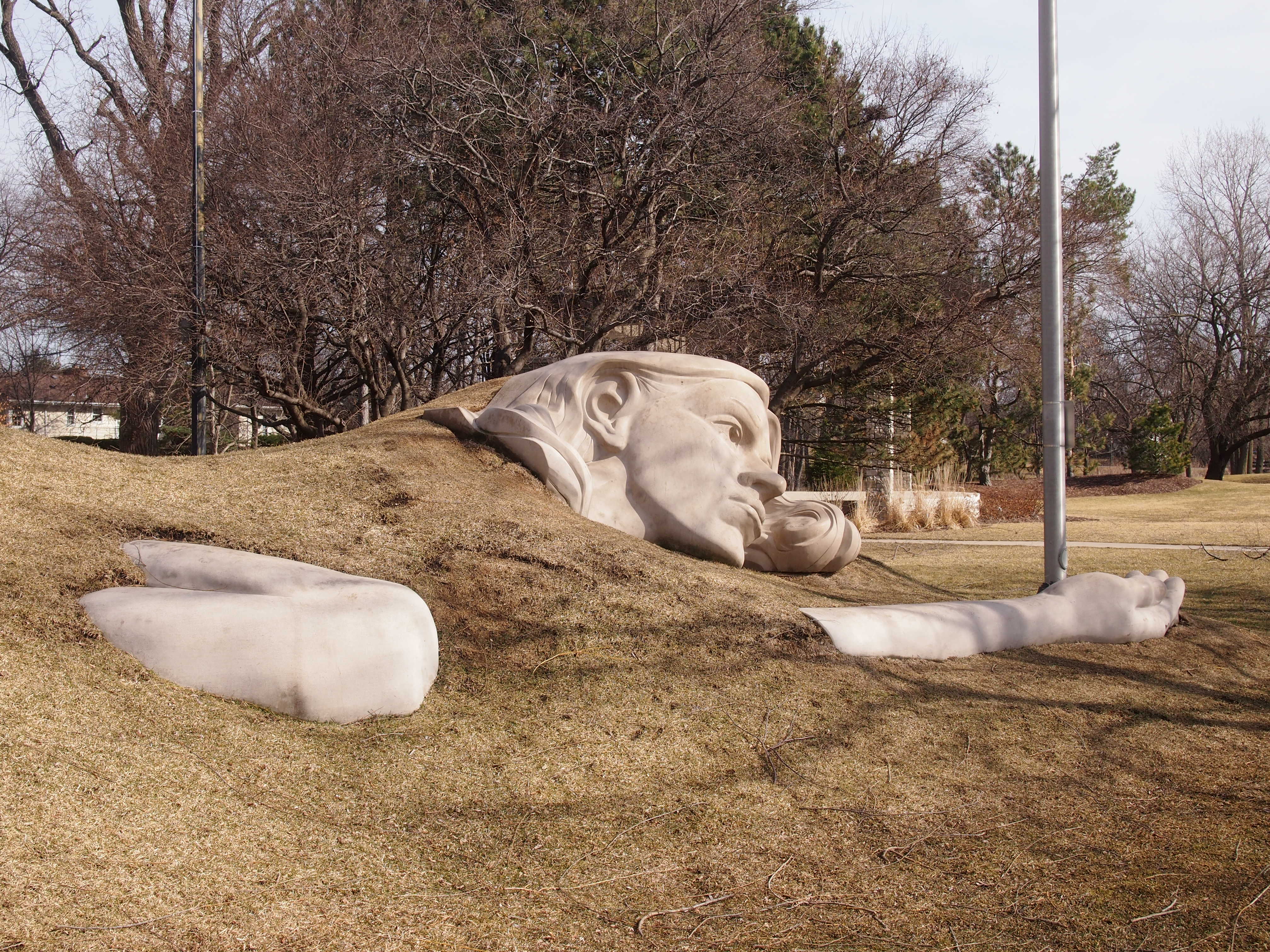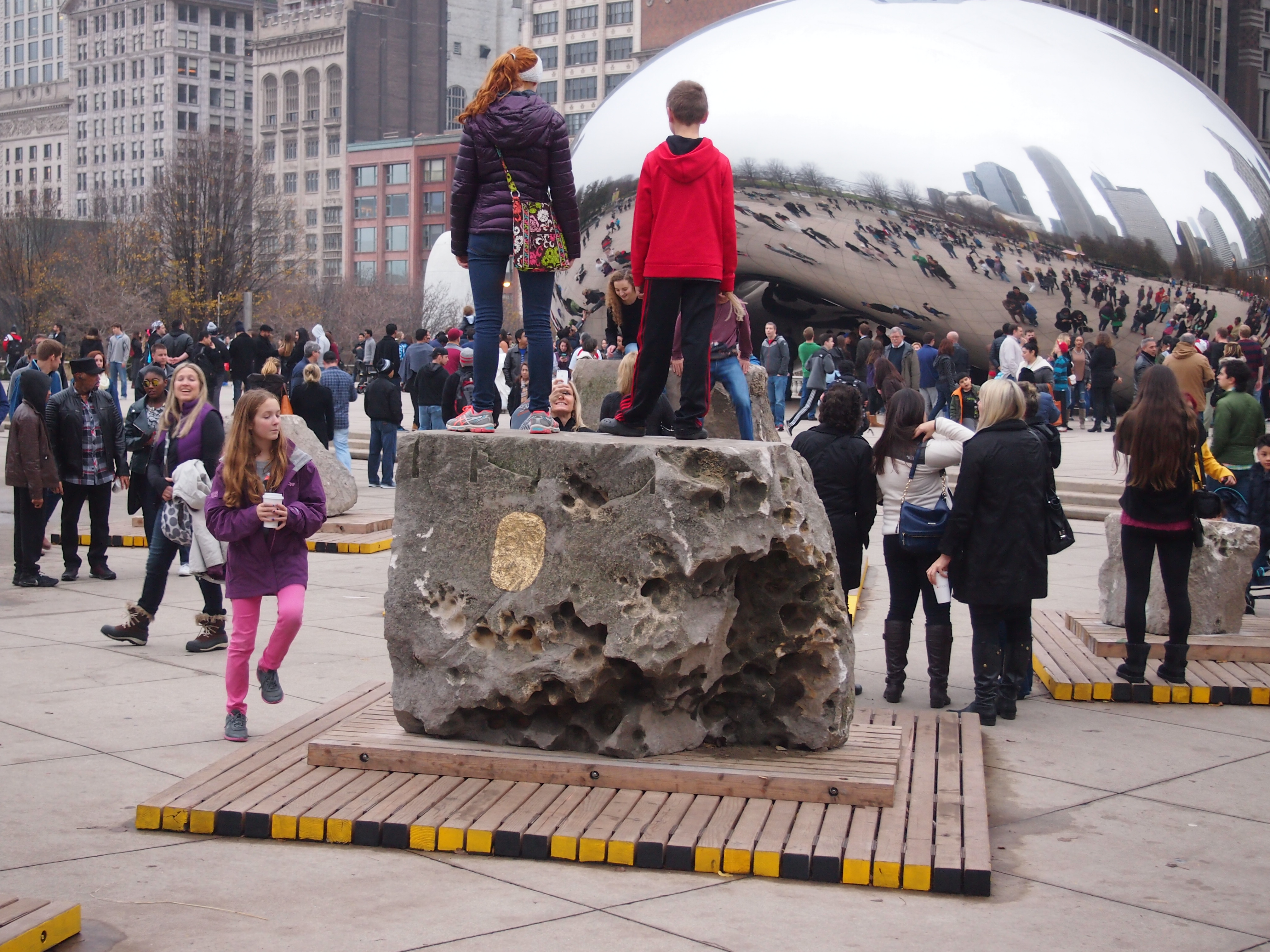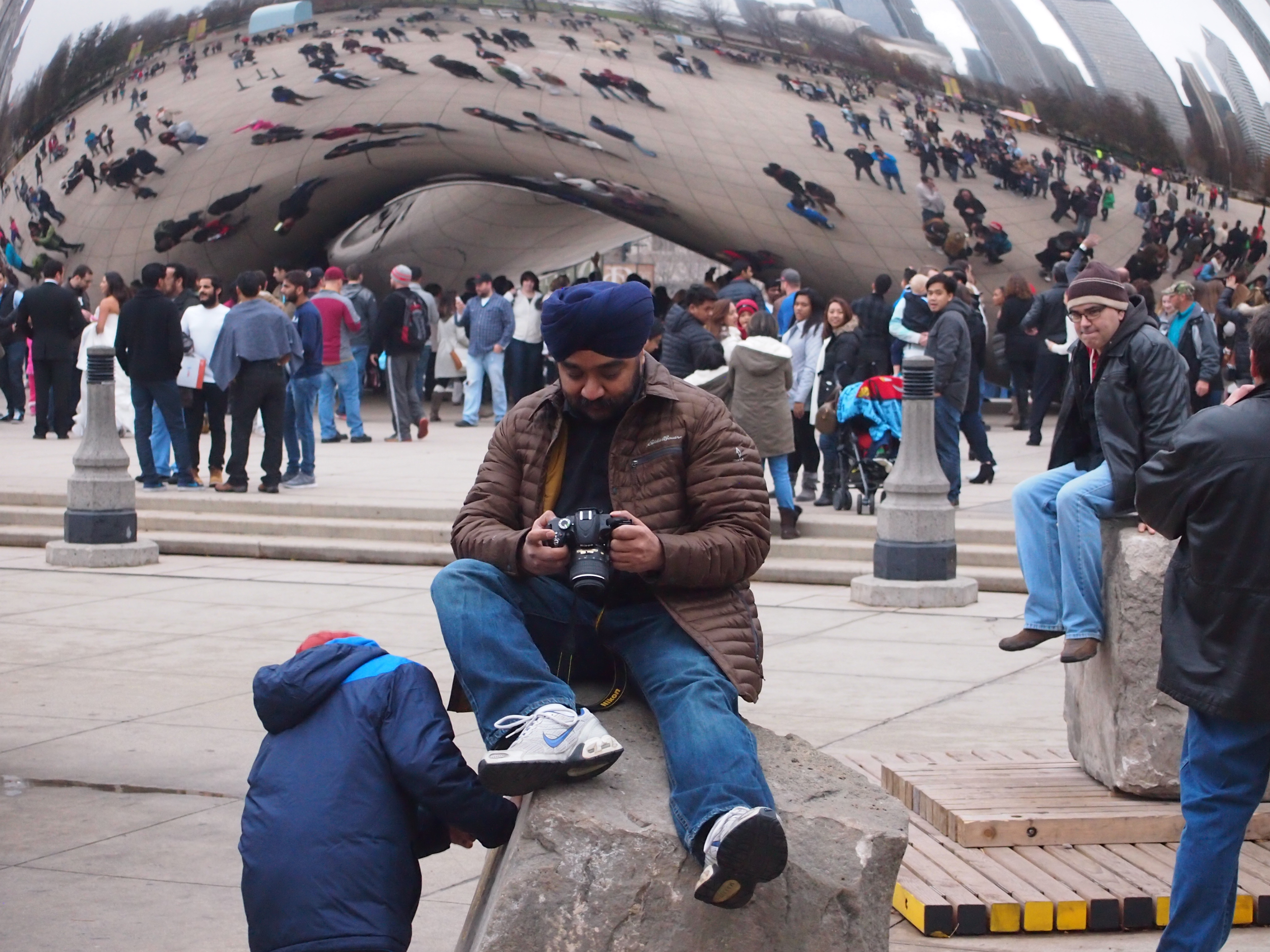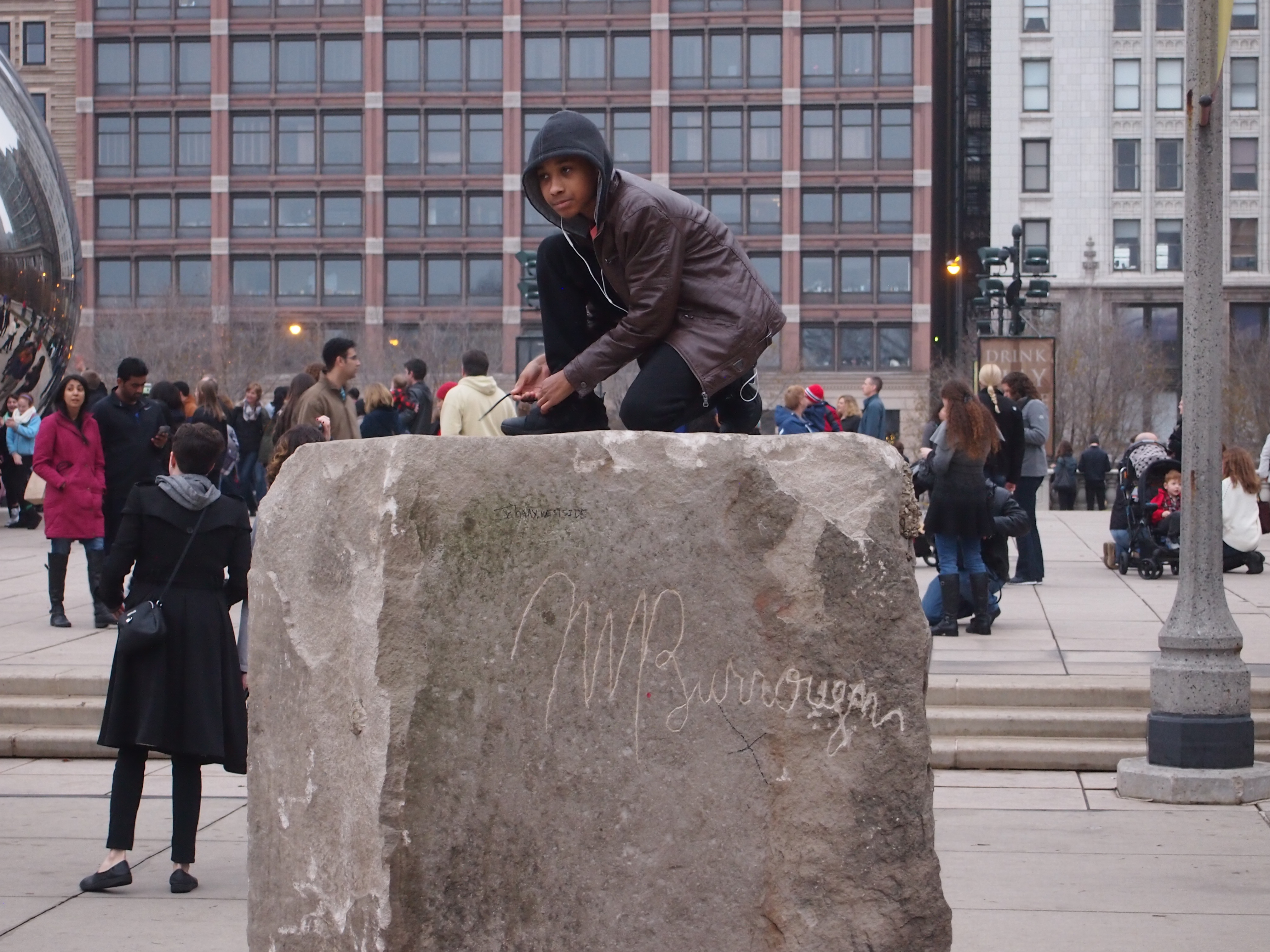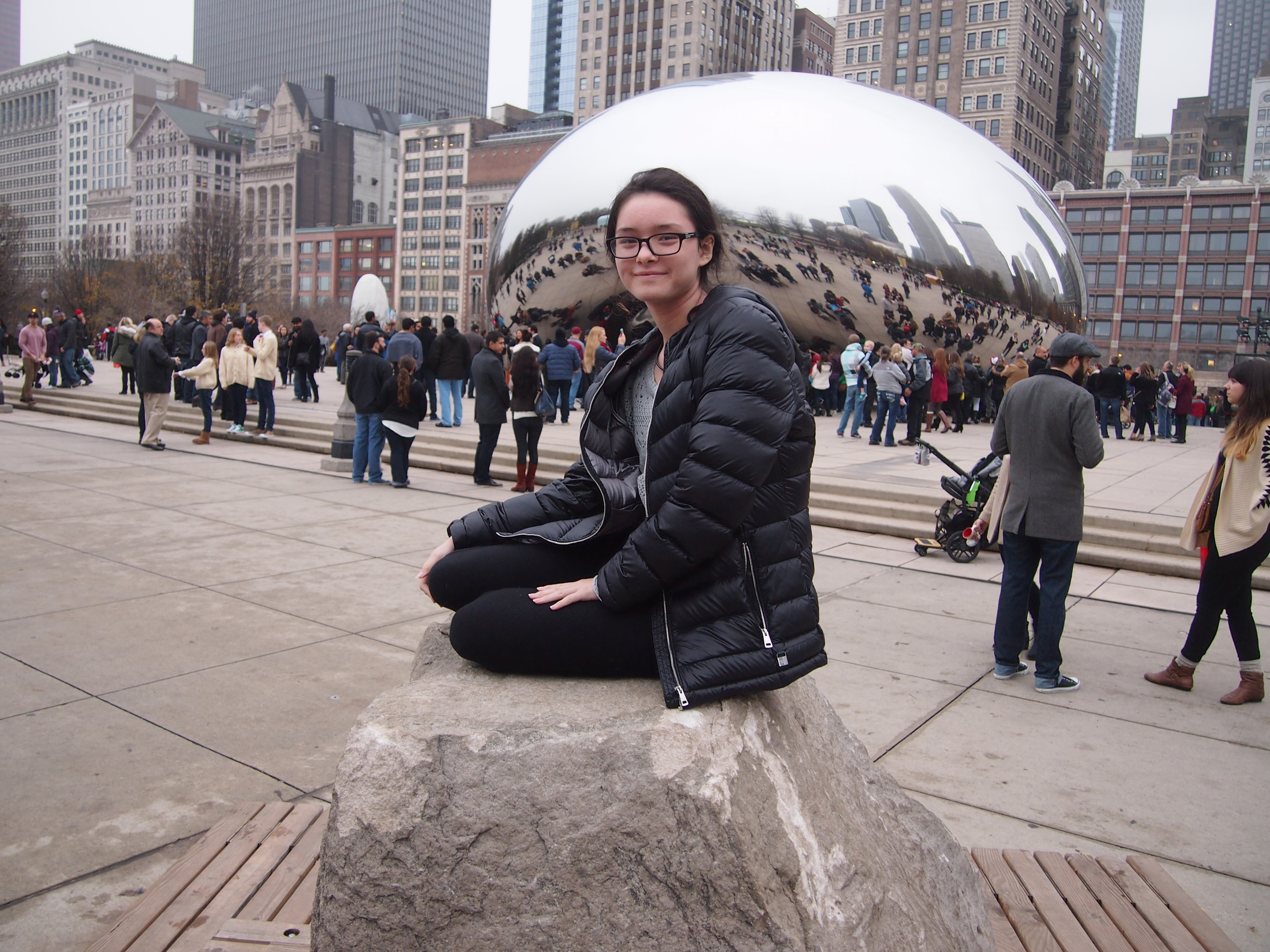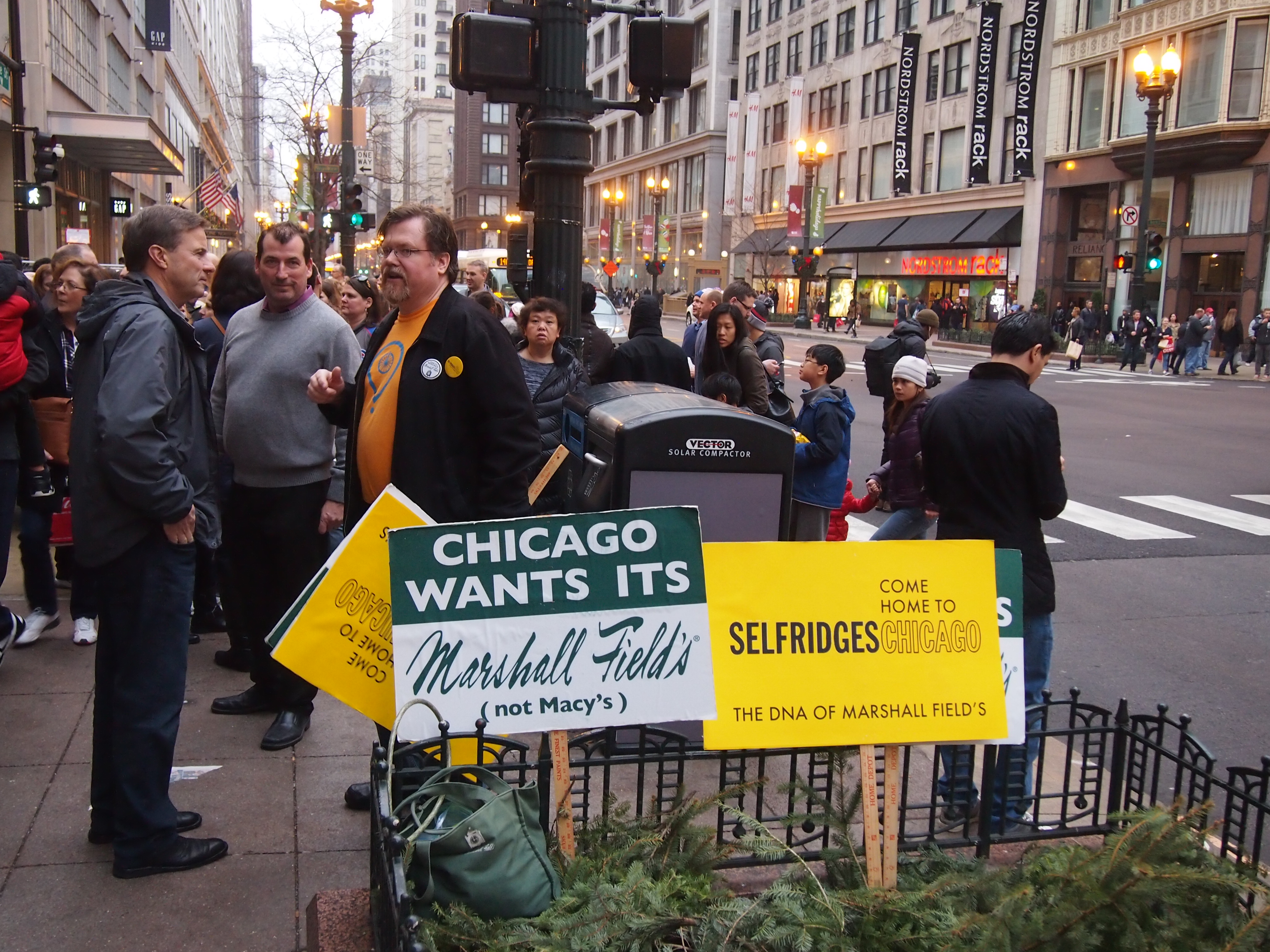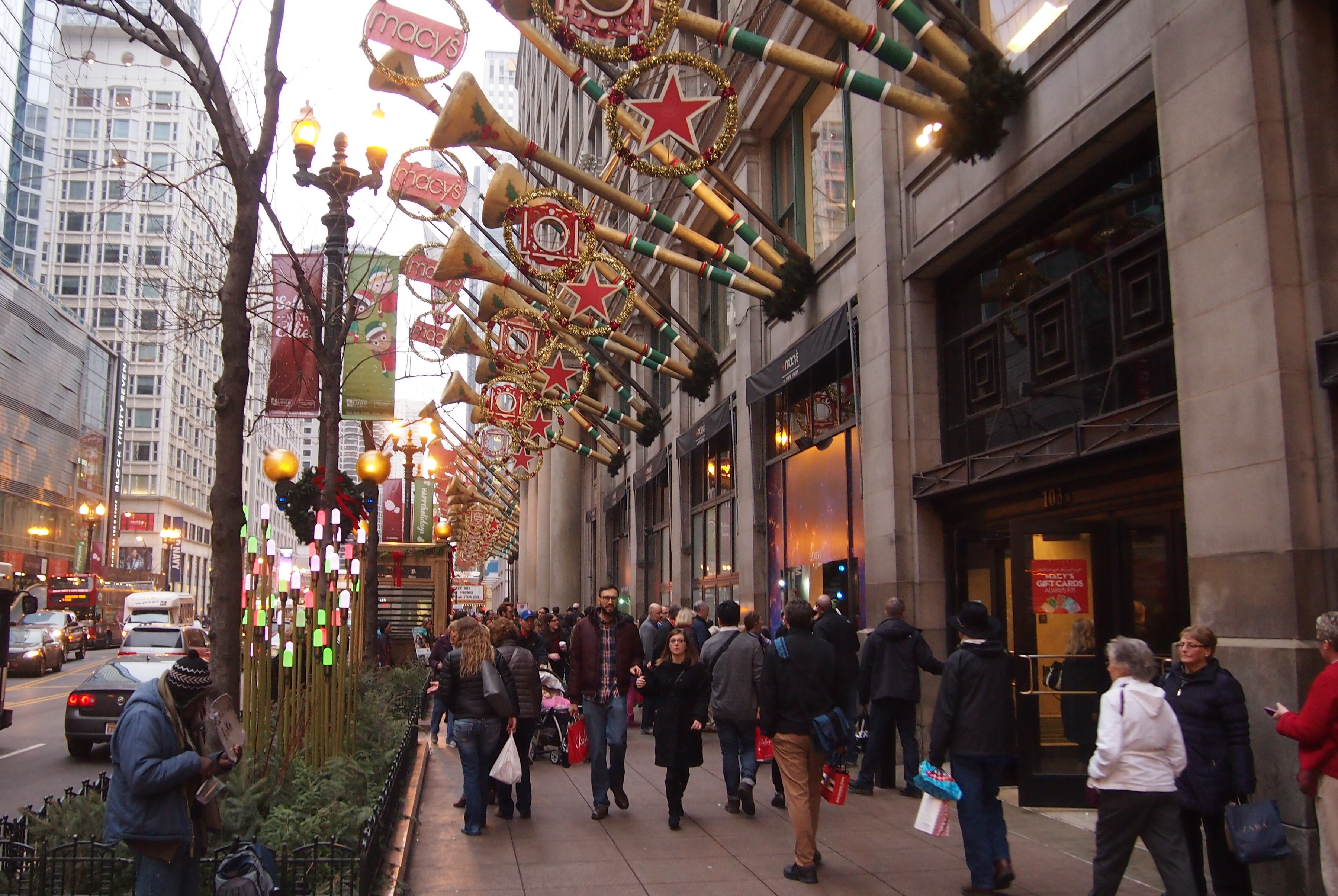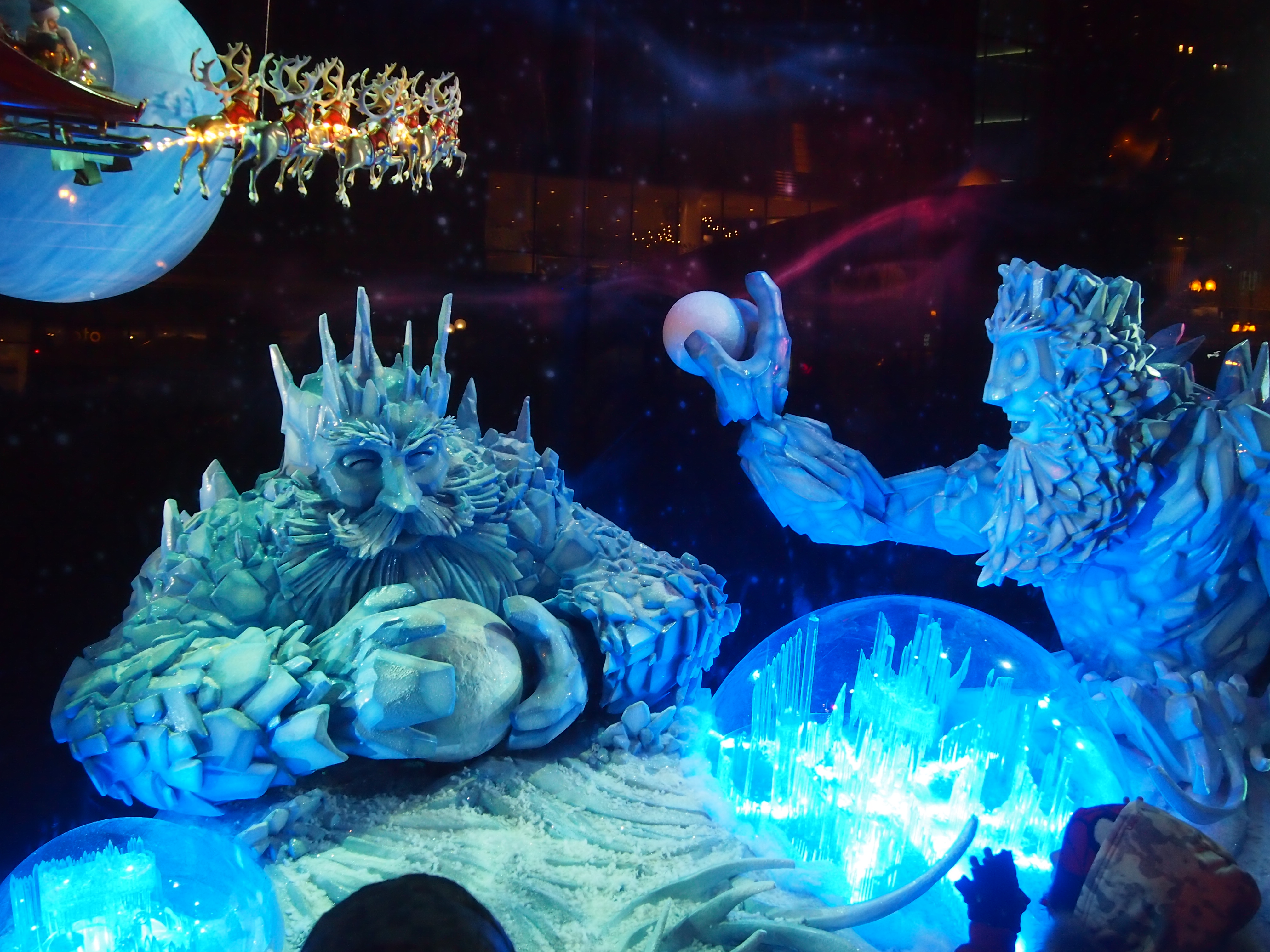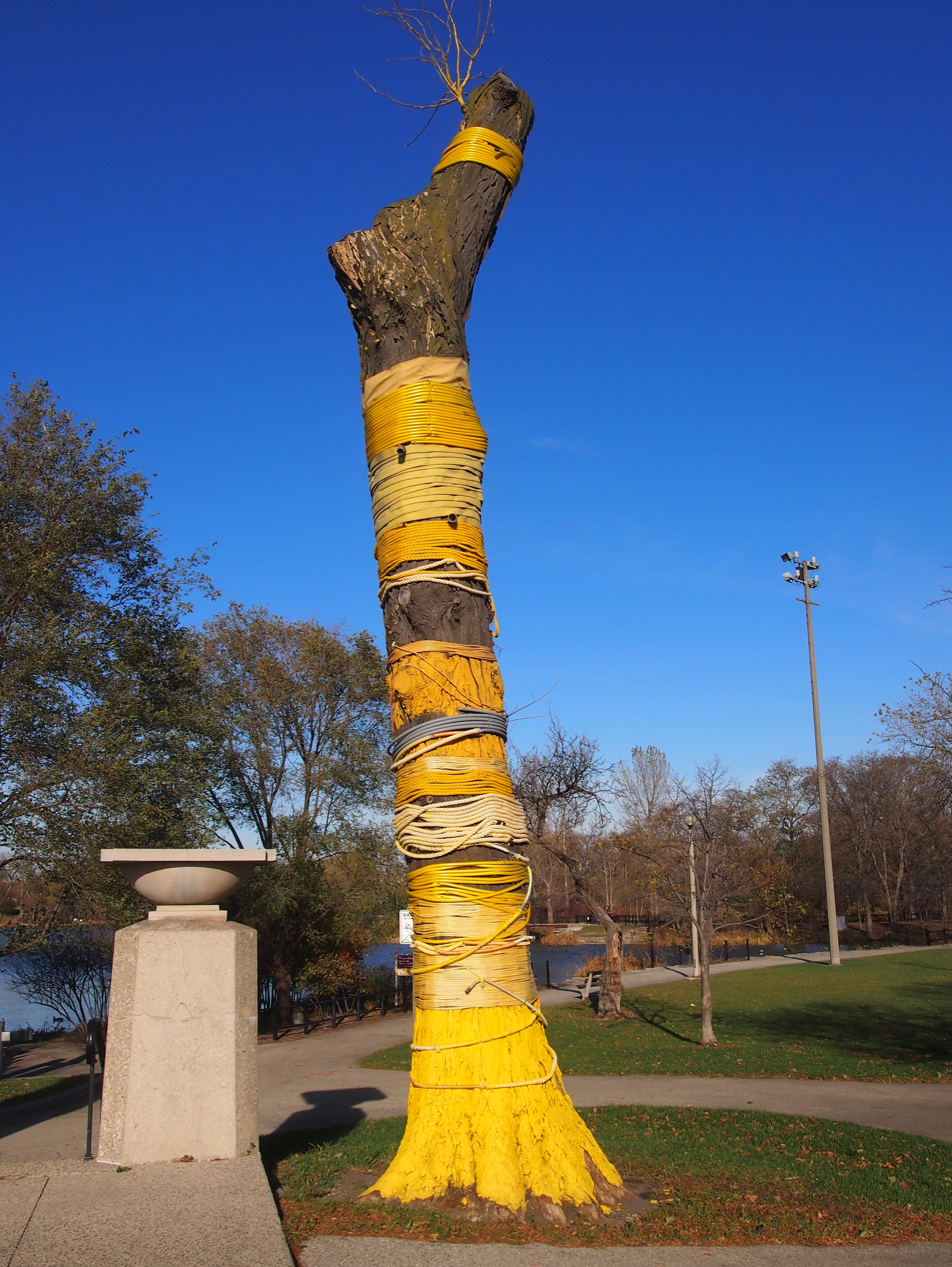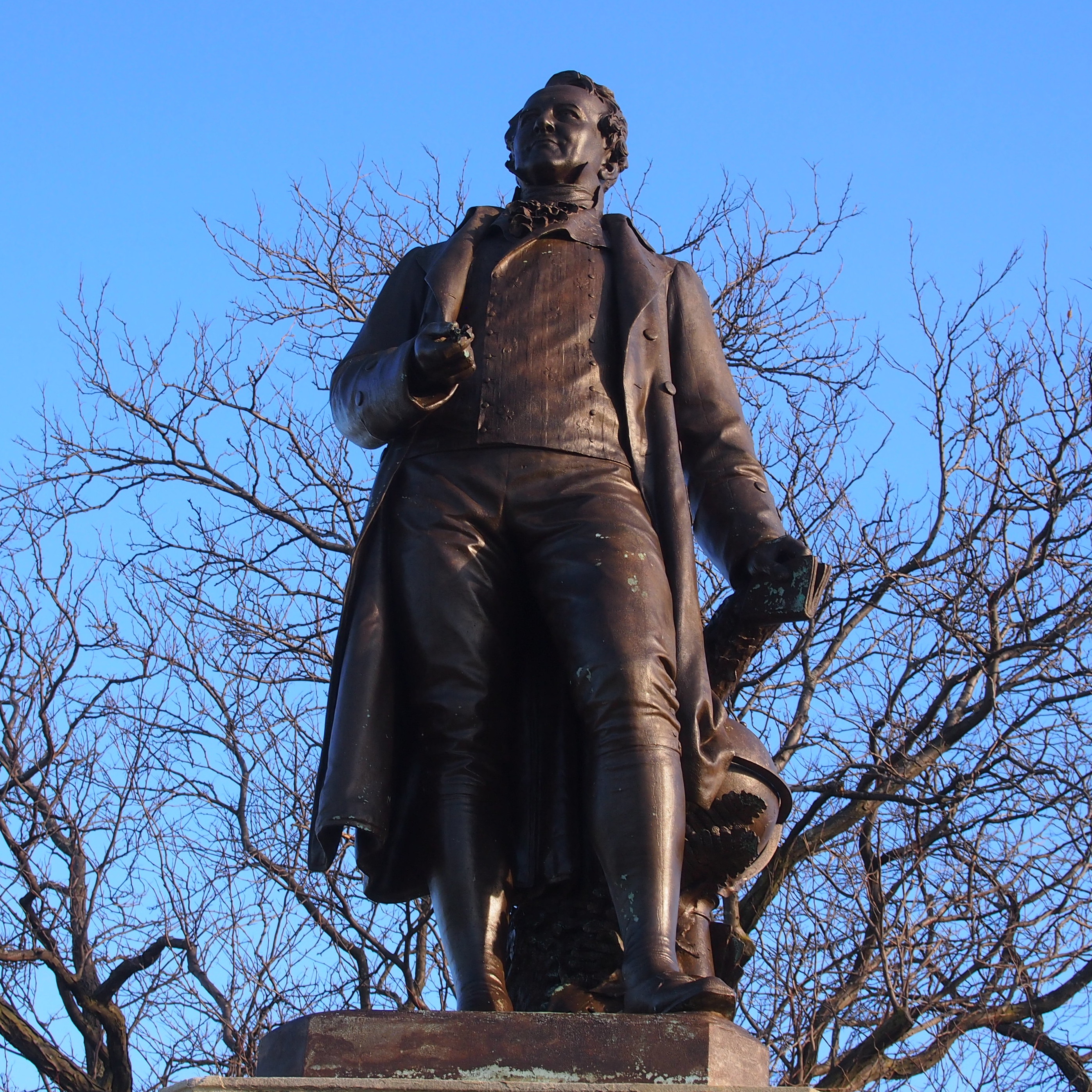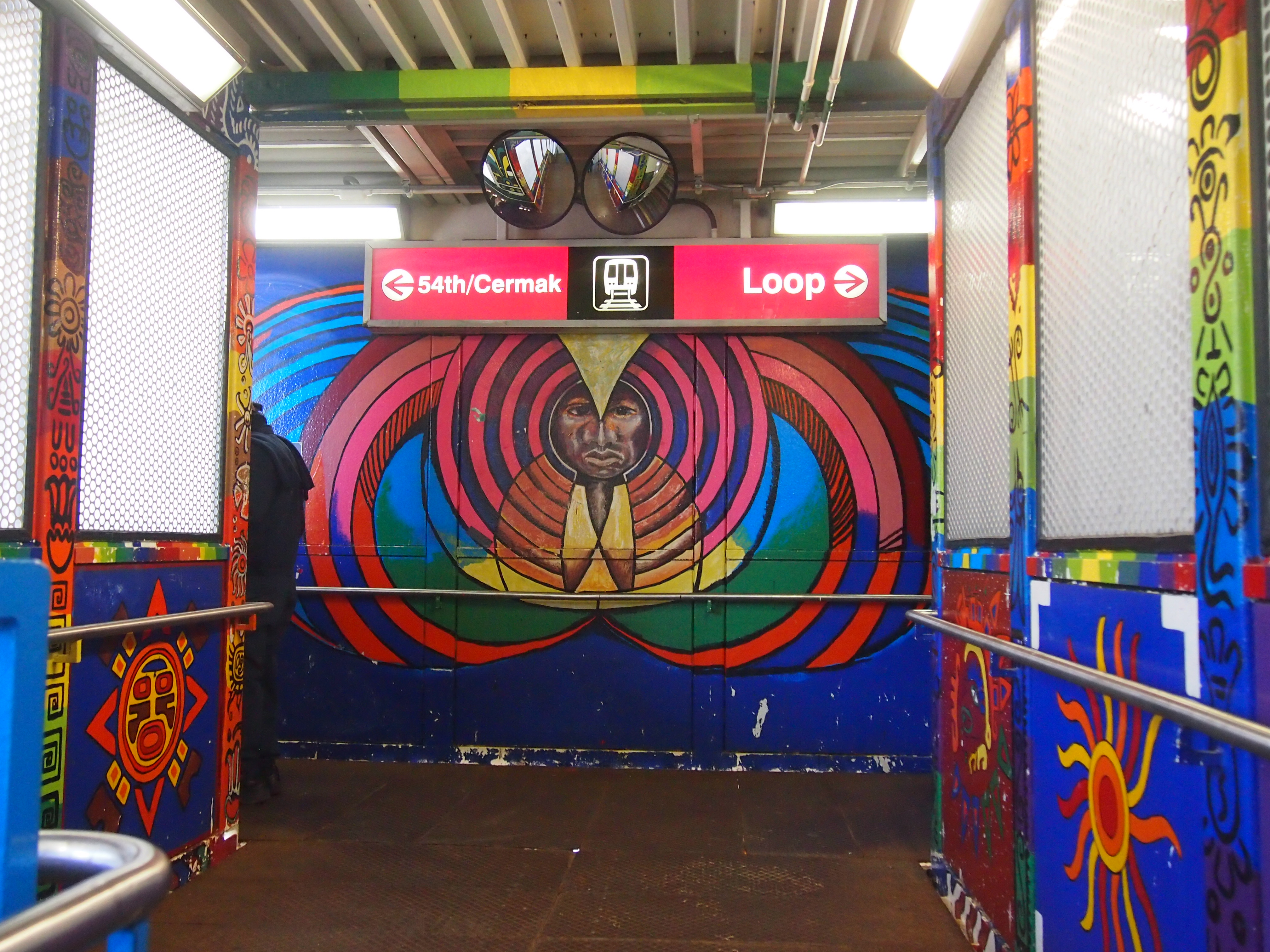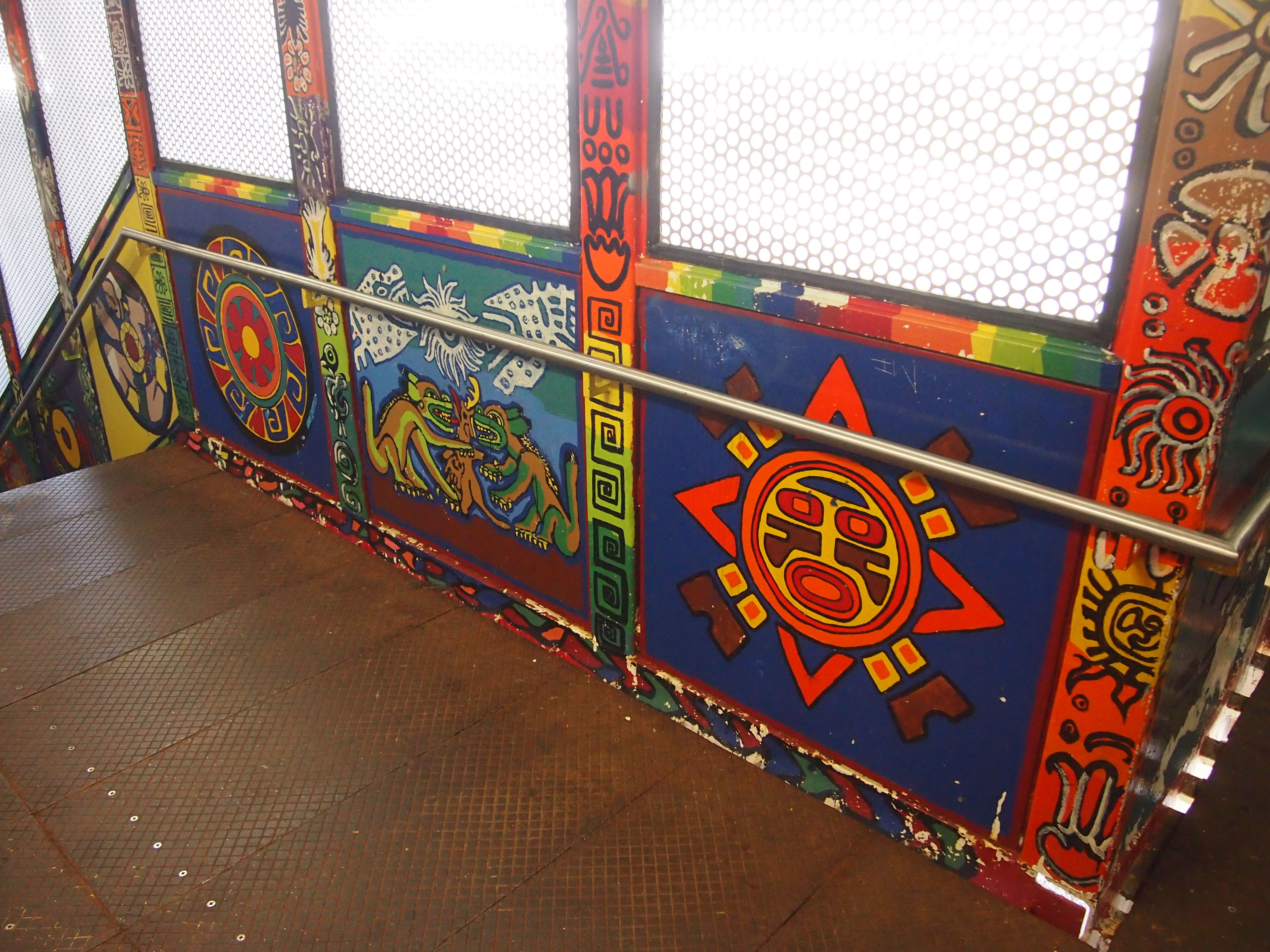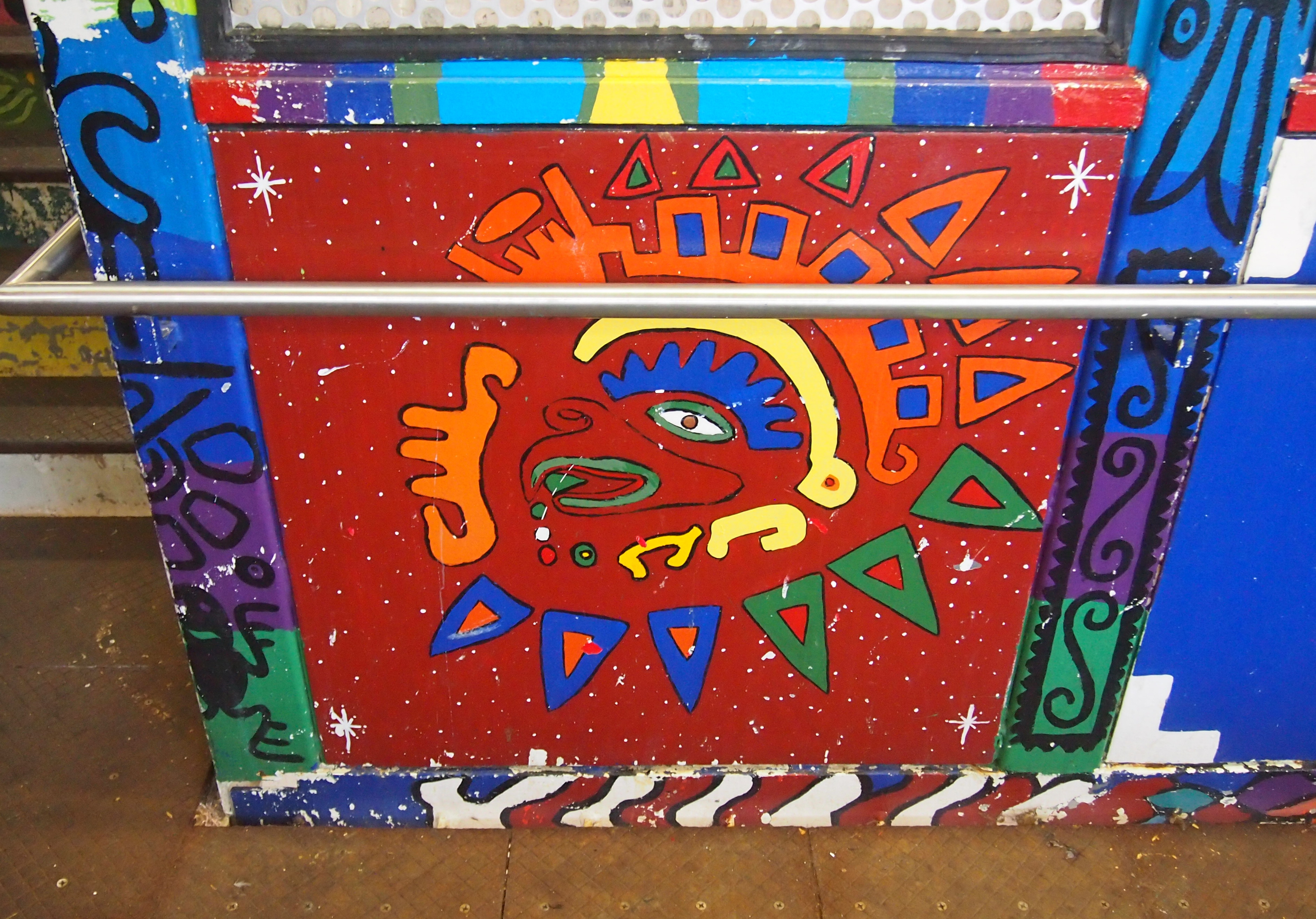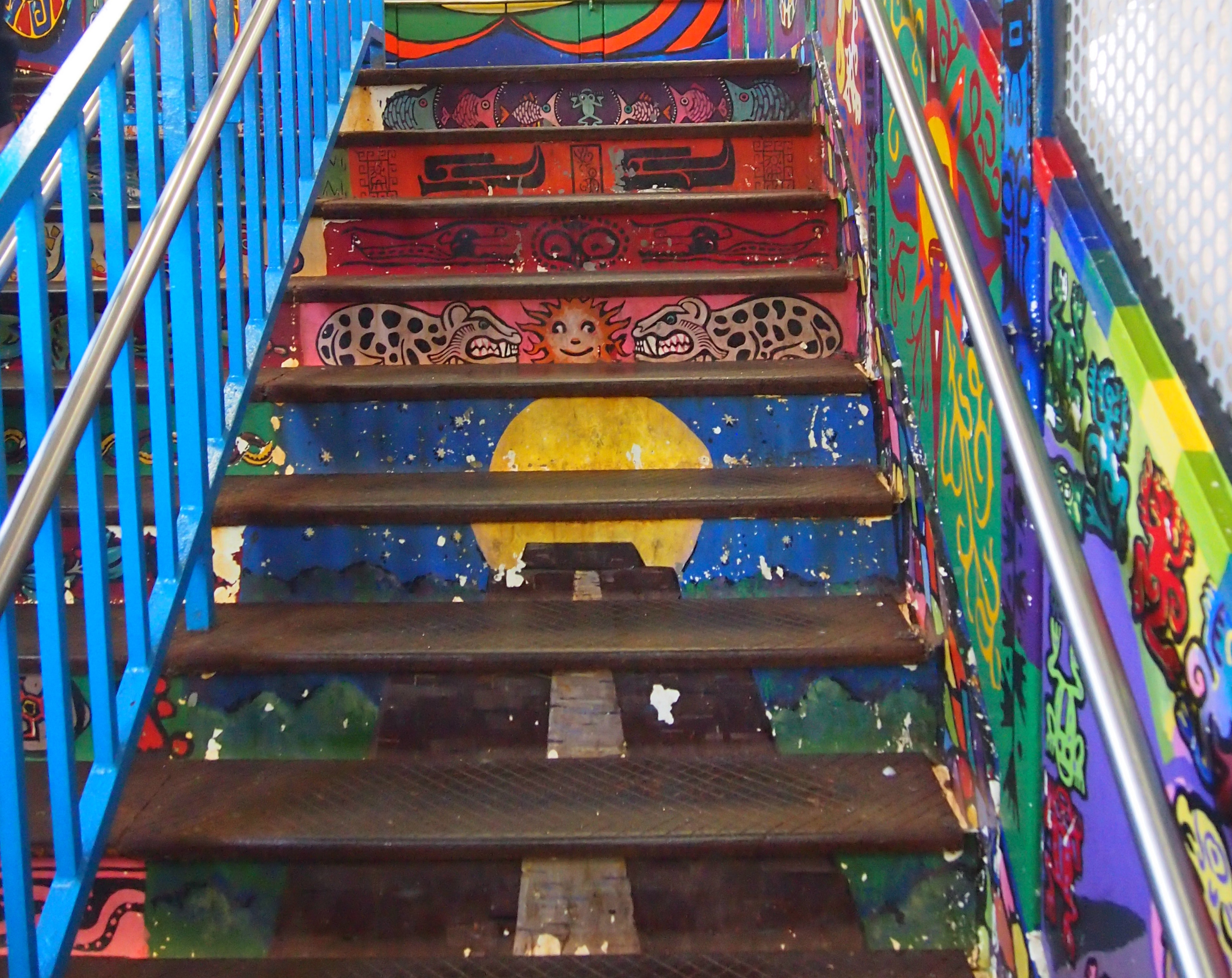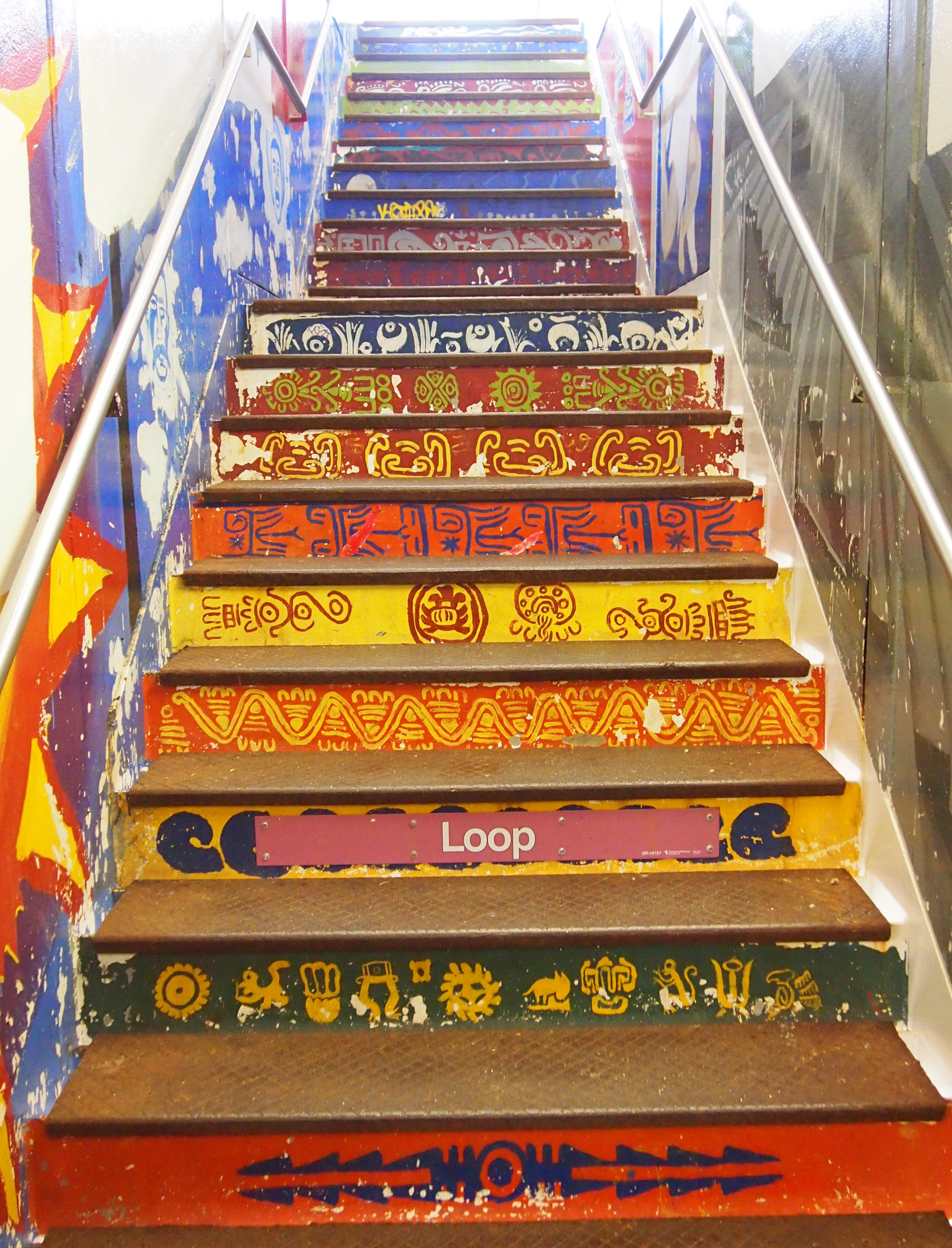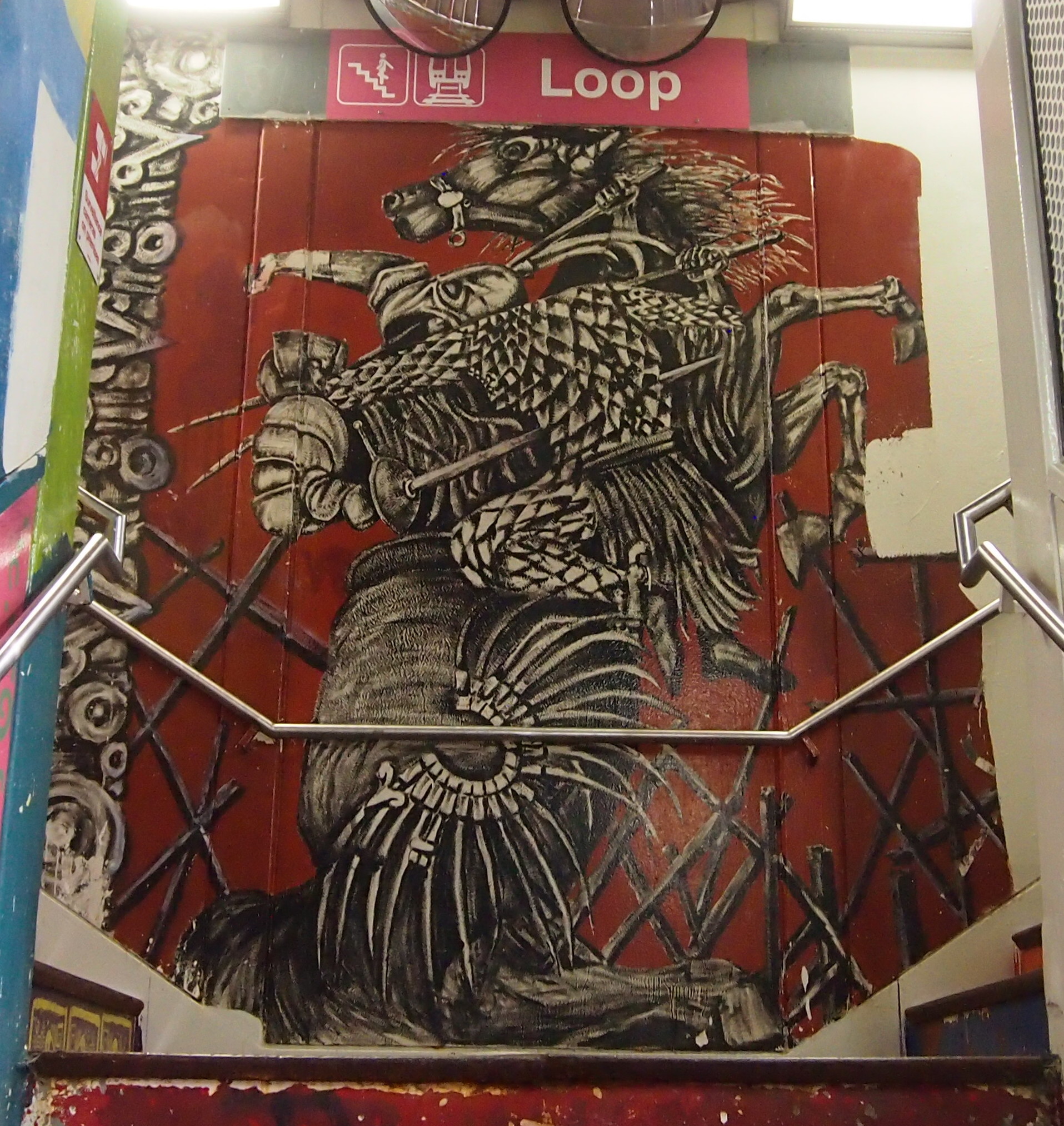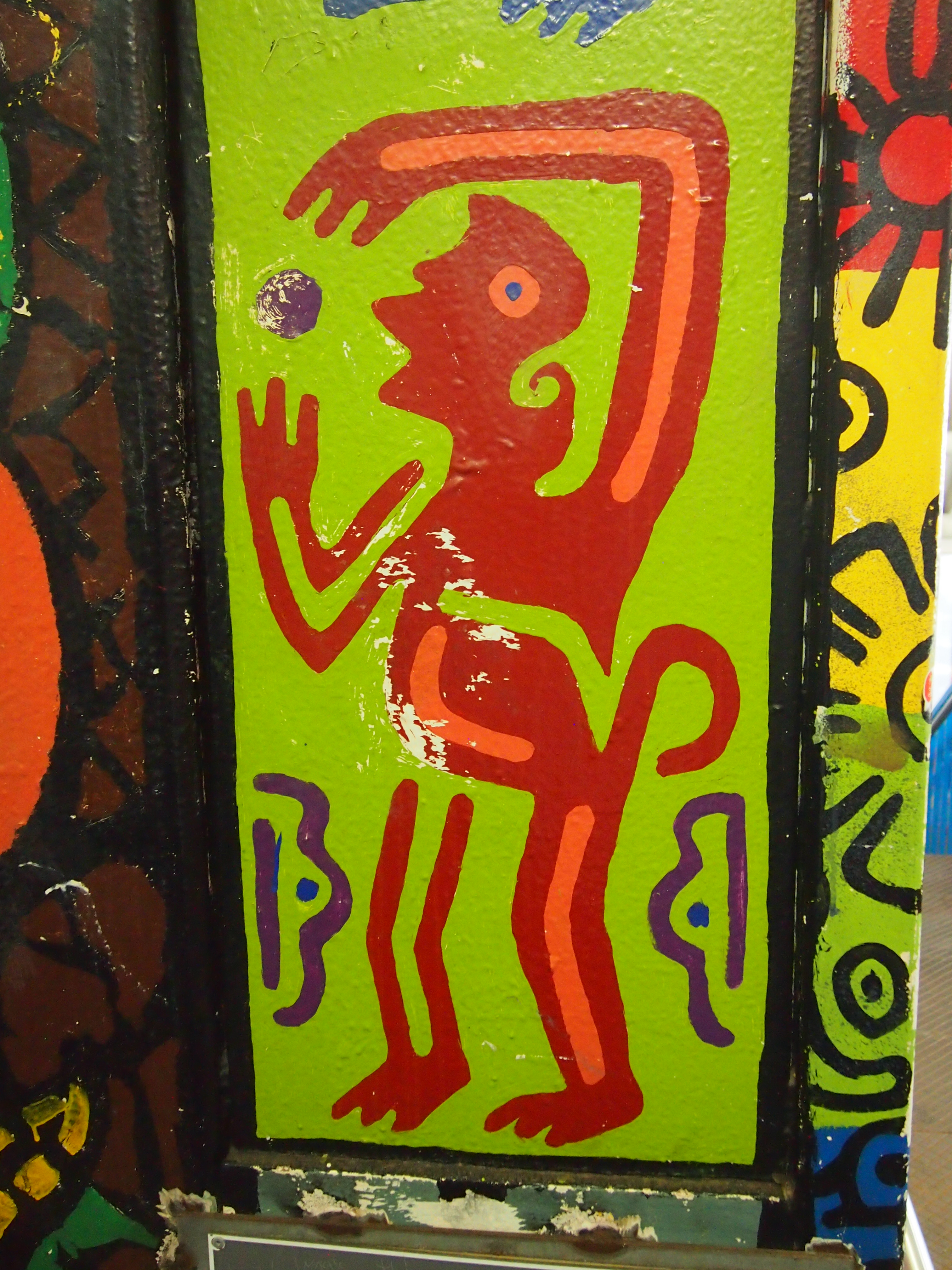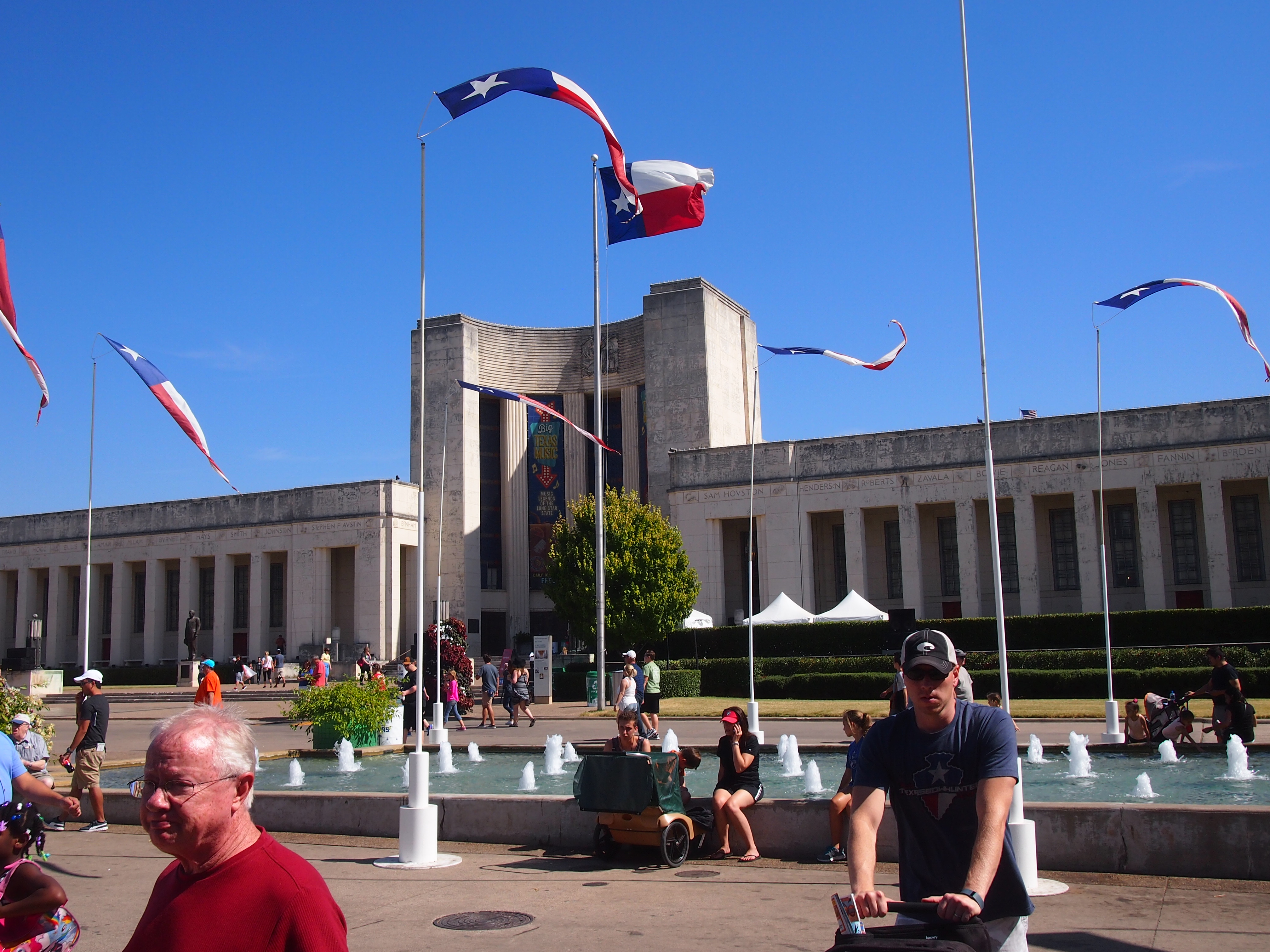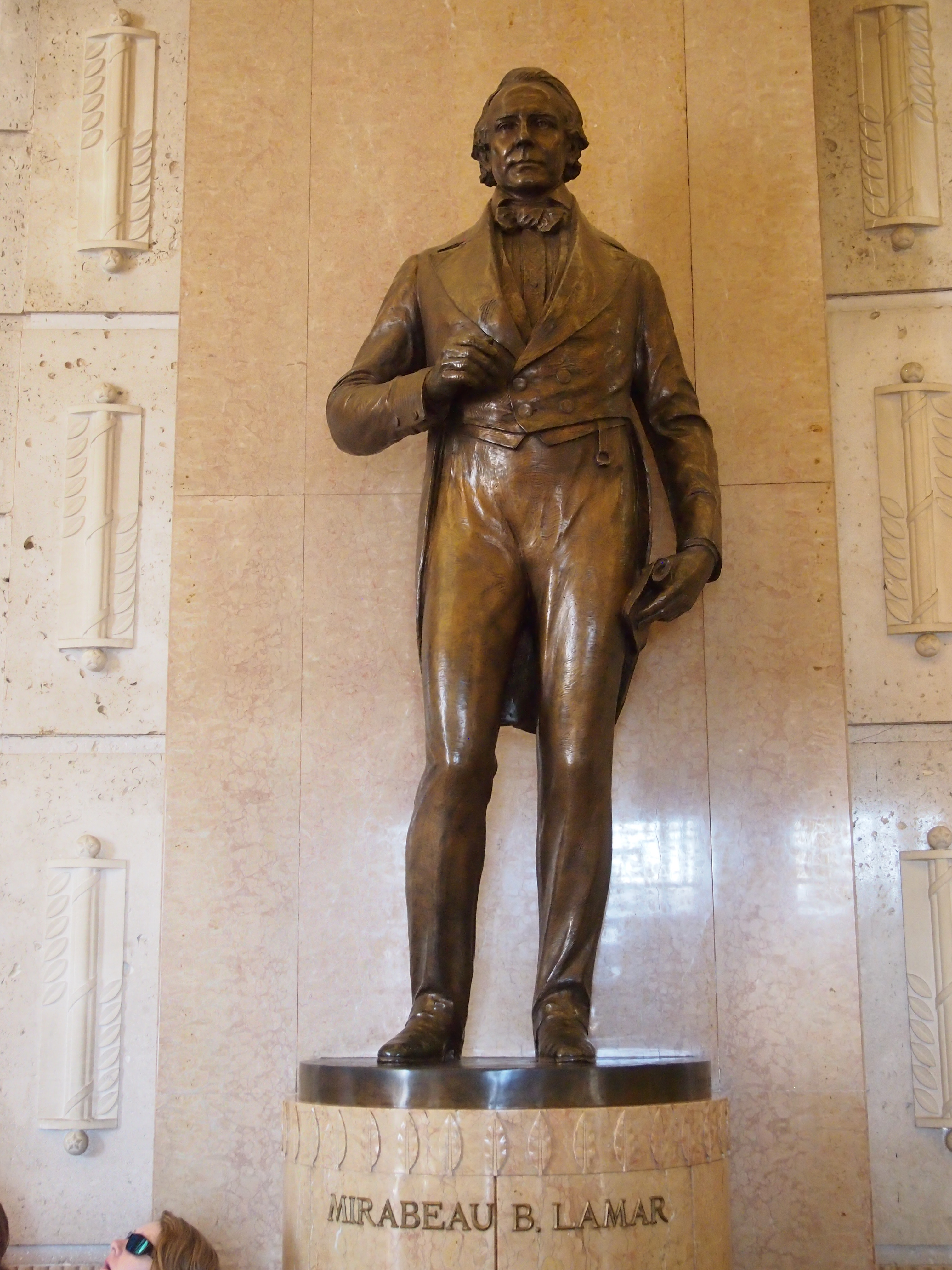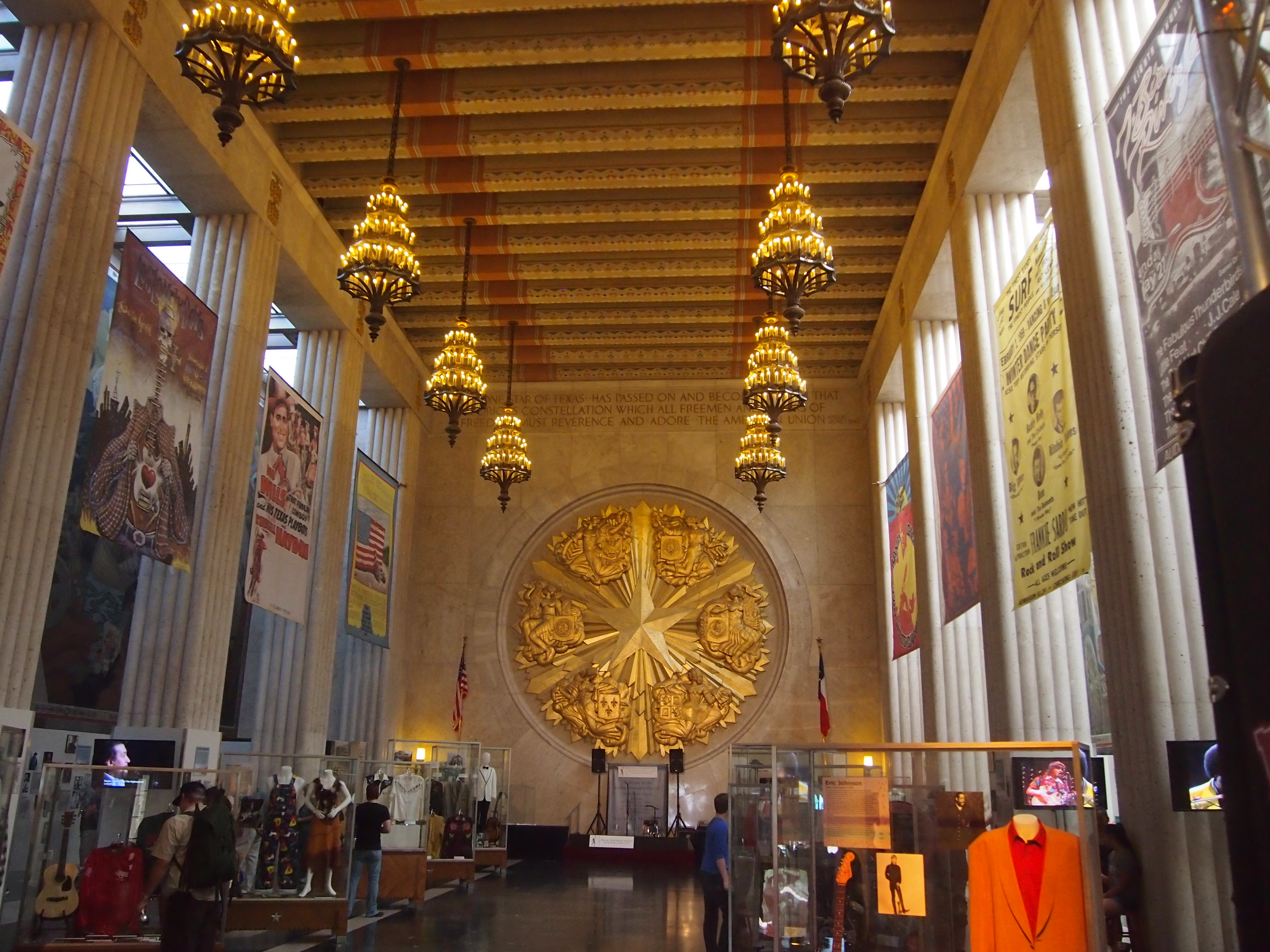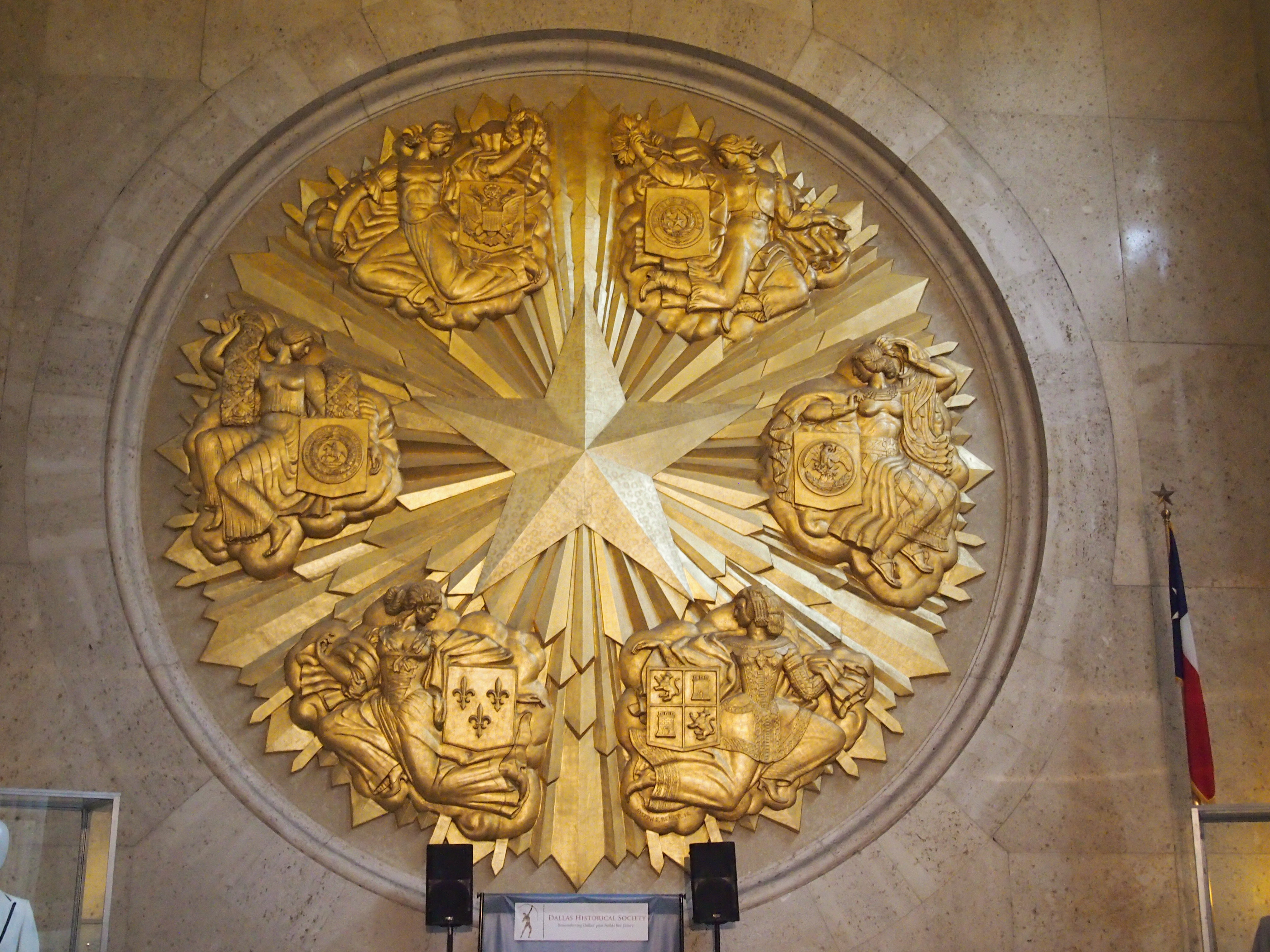Last year I was looking at a Google Maps map of San Antonio and noticed an odd green blob tucked away in a neighborhood just northwest of the junction of I-10 and Loop 410, an area not too far from where I grew up, but not within my usual orbits. Higher resolution revealed that it was called Denman Estate Park. What?
“The City of San Antonio purchased 12.52 acres of land from the estate of philanthropist Gilbert Denman Jr. in 2007 at a cost of $2,561,081,” the city’s web site says, with a cost-precision sometimes found in public documents. “An adjacent 7.70 acres were purchased by the University of [the] Incarnate Word. In 2010, Gilbert Denman Jr. Estate Park, 7735 Mockingbird Lane, opened as a jointly used park and a retreat center for UIW.
“Park amenities include a 0.5-mile walking trail, labyrinth, picnic benches and tables, parking, fencing and lighting. It also features a monument hand-built in Gwangju, Korea, by Korean craftsmen and artists who traveled to San Antonio to assemble it. The City and UIW entered into a joint use agreement in which UIW maintains the property and uses the buildings as a retreat center.”
I knew had to take a look at that. I finally did so when I had a few free hours in San Antonio during my most recent visit. I arrived in the early afternoon, parked my car, and found the short path to the park’s small pond, which also has a path all the way around it. The hand-built “monument,” on the banks of the pond, is a striking little structure — especially for being in South Texas — in a nice setting.
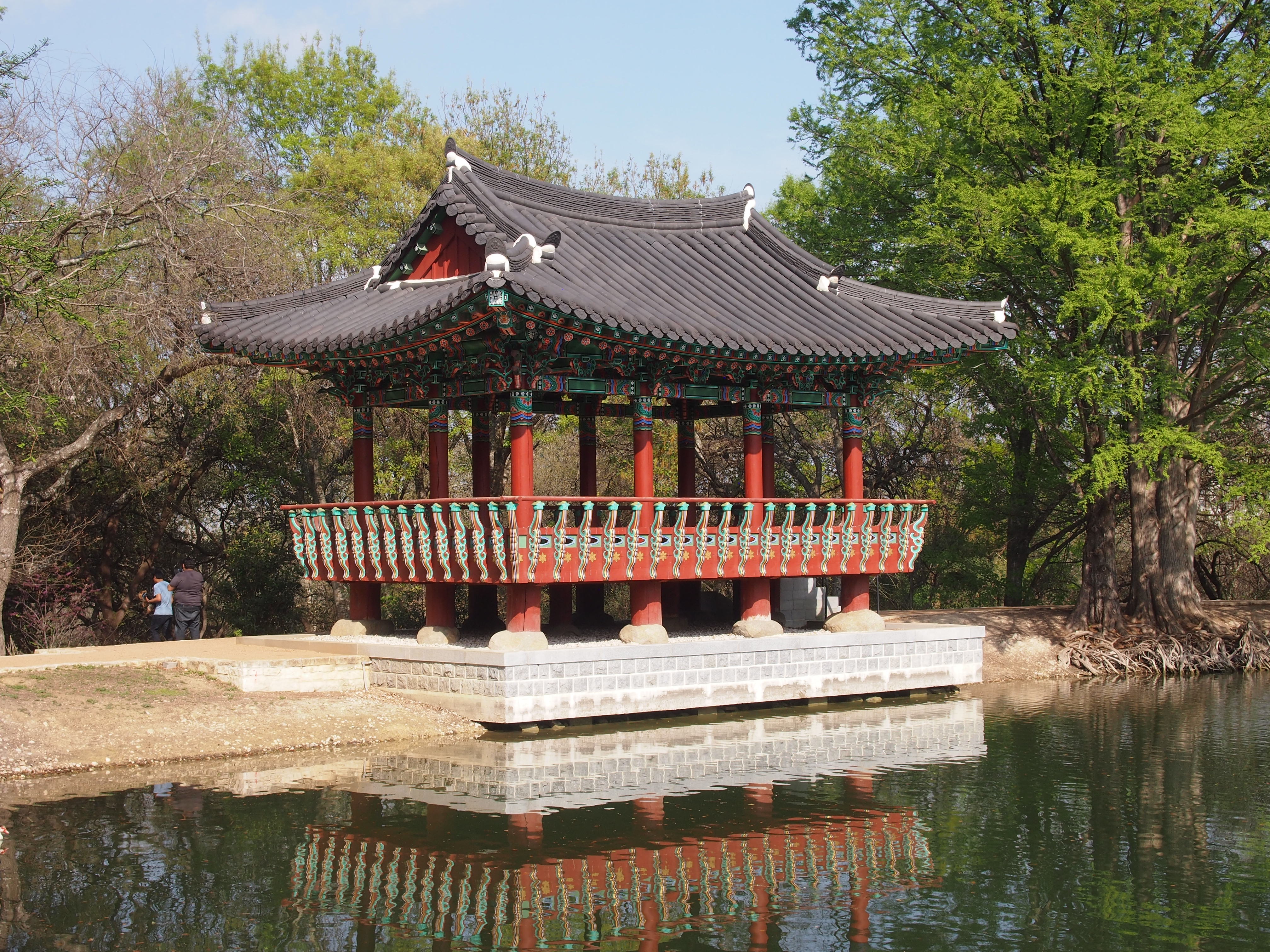 “Pavilion” is a better word for it in English, and in fact that’s the word a nearby plaque uses.
“Pavilion” is a better word for it in English, and in fact that’s the word a nearby plaque uses.
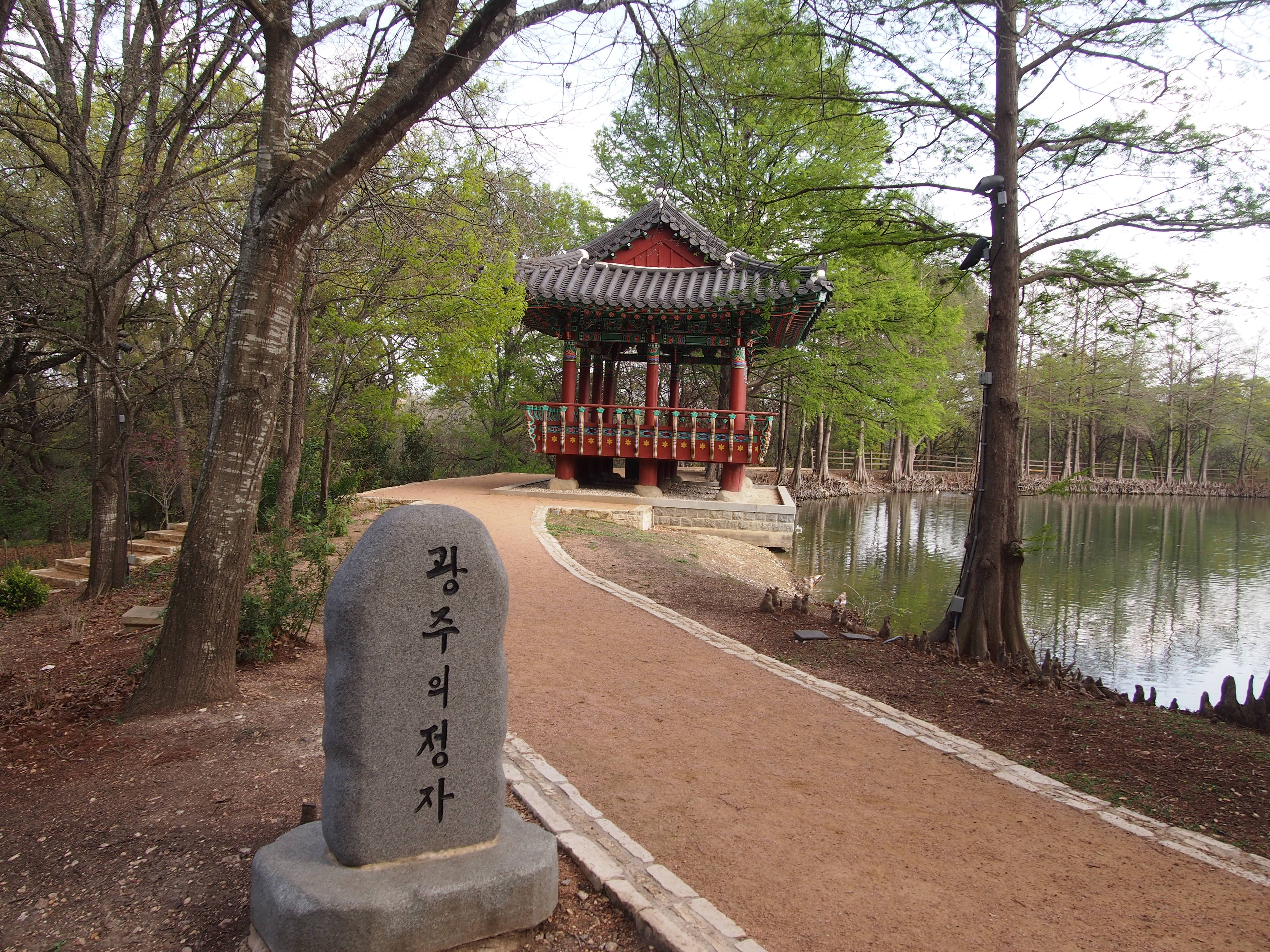 “This pavilion is a replica of the traditional Korean pavilion style of the southern provinces,” the plaque says. “The pavilion, traditionally used as a place of reflection and reception by scholars and gentlemen, embodies the beauty and harmony created by nature and structure.
“This pavilion is a replica of the traditional Korean pavilion style of the southern provinces,” the plaque says. “The pavilion, traditionally used as a place of reflection and reception by scholars and gentlemen, embodies the beauty and harmony created by nature and structure.
“It is hoped that this ‘Pavilion of Gwangju’ will offer many opportunities to strengthen the friendly relationship between Gwangju and San Antonio, as well as inspire an in-depth understanding of Korean culture and traditions by the American public.”
A noble sentiment, but I have a feeling K-pop reaches more Americans than other kinds of Korean culture and traditions. The pavilion seems to have been a gift from Gwangju to San Antonio. It isn’t clear whether Gilbert Denman himself had anything to do with its placement, since the structure was dedicated in 2010, six years after his death.
The pond was partly ringed with cypress trees with a vast number of cypress “knees” — the woody bumps that emerge near the base of the trees — a term I just learned.

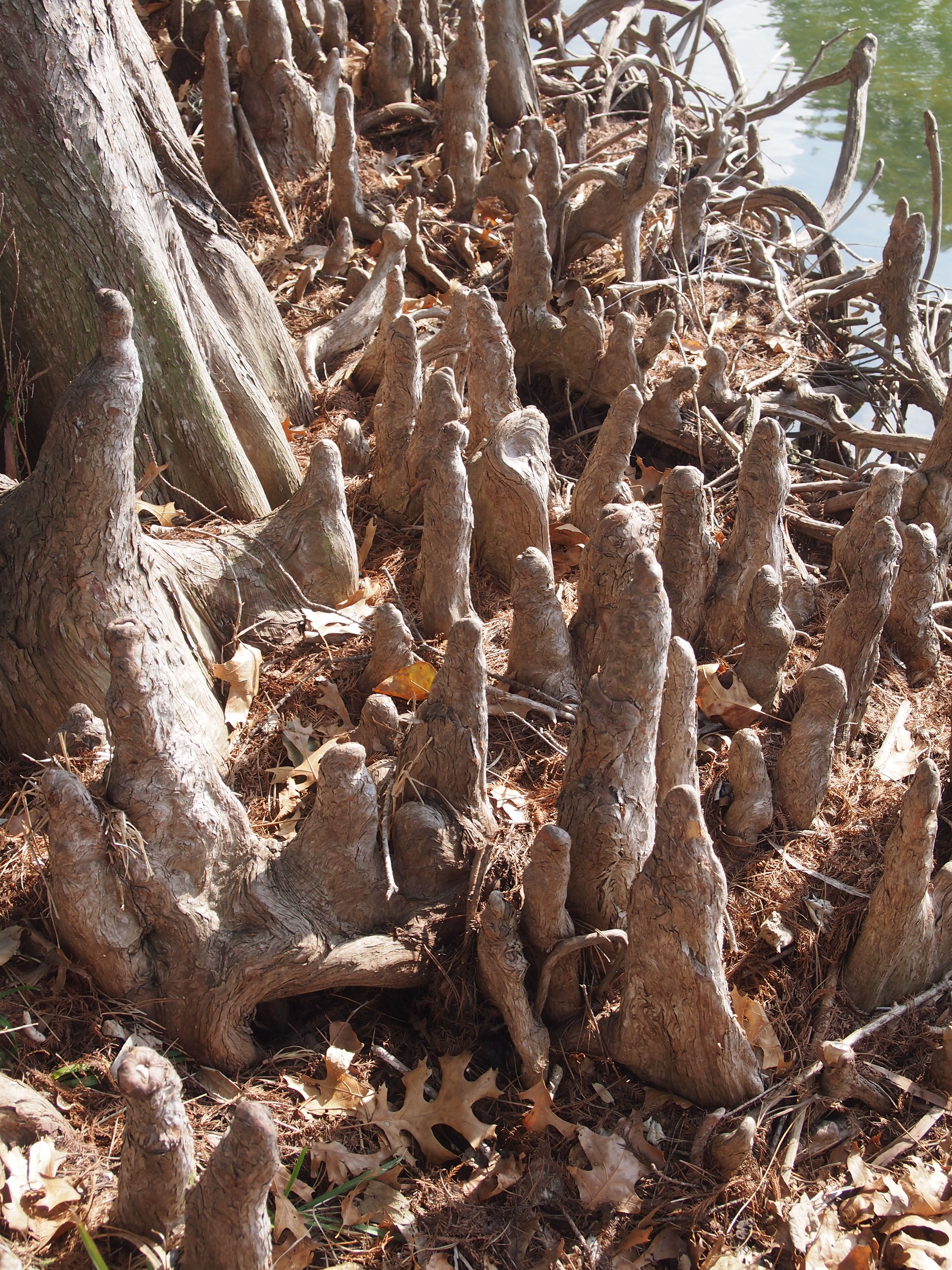 Elsewhere on the property is the former Denman manse (I assume), which is closed to casual visitors. No doubt the university uses for events and rents it for weddings and the like.
Elsewhere on the property is the former Denman manse (I assume), which is closed to casual visitors. No doubt the university uses for events and rents it for weddings and the like.
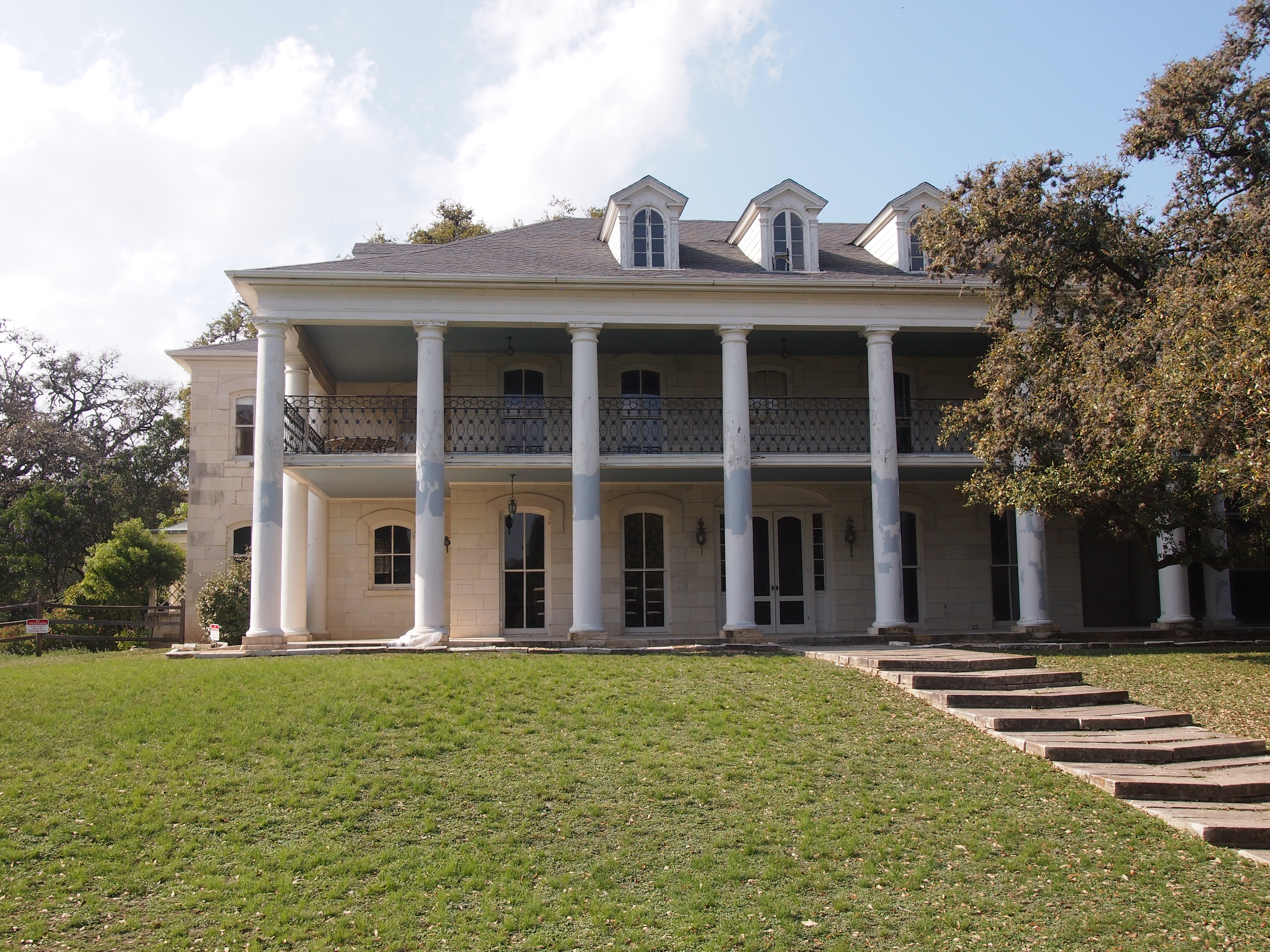 Not far from the house is “AMA Maria,” a mermaid sculpture with strategically placed flowing hair, a fish tail, and human legs.
Not far from the house is “AMA Maria,” a mermaid sculpture with strategically placed flowing hair, a fish tail, and human legs.
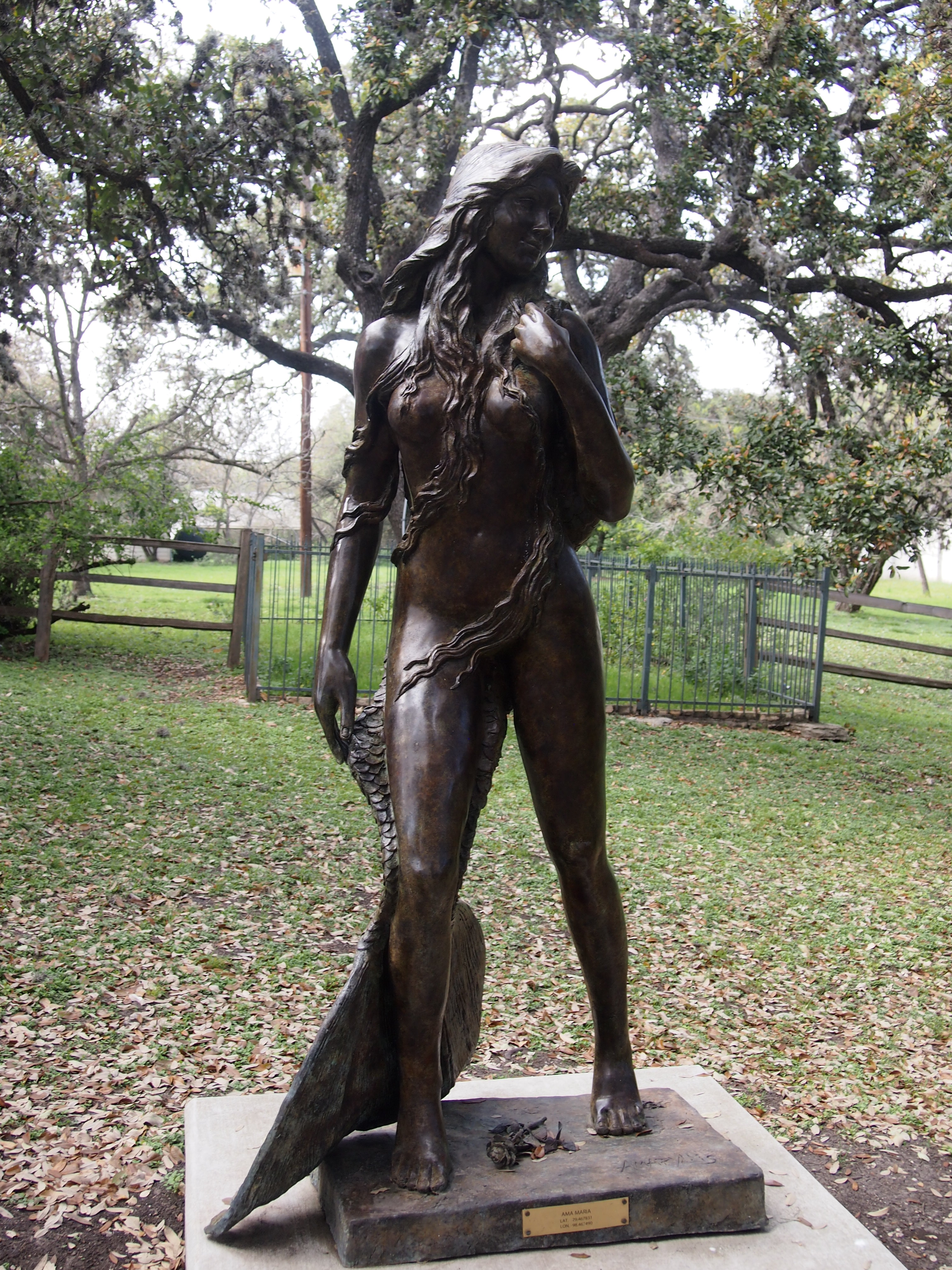 Oddly enough, the plaque on the base of the statue also includes its latitude and longitude to six decimal places: LAT. 29.467831 LON. -98.467490. Turns out there are a fair number of these statues in various parts of the world, including three others in Texas. It was something I’d absolutely never heard of before.
Oddly enough, the plaque on the base of the statue also includes its latitude and longitude to six decimal places: LAT. 29.467831 LON. -98.467490. Turns out there are a fair number of these statues in various parts of the world, including three others in Texas. It was something I’d absolutely never heard of before.
A site called mermaidsofearth.com tells us that “the Amaryllis Art for Charity project is placing AMA mermaid statues all over the world, with each mermaid statue uniquely made and customized for its location… The statues are for sale, with about one third of the proceeds dedicated to a charity jointly chosen by the project organizers and the local sponsors.”
It isn’t clear from that whether the statues are for sale in situ or whether they’re bought and put in places like Denham Estate Park. Never mind, there’s one there now. More about it is here.
Finally, who was Gilbert Denman Jr. (1921-2004)? A handy obit published by the Porter-Loring Funeral Home in San Antonio offers a few details about his charmed life, which included being born to a wealthy family and presumably doing well himself as a prominent attorney in San Antonio. Like Robert L.B. Tobin, he was also a notable local philanthropist.
One of his many acts of philanthropy, according to the obit, involved donating “his extensive collection of Greek and Roman artifacts to the San Antonio Museum of Art. The collection, among the finest of its type in the nation, is housed in the Denman Gallery of the Ewing Halsell Wing at the museum.”
The good people of San Antonio are clearly better for his Antiquities collection. I will be better for it, once I get around to visiting the San Antonio Museum of Art again sometime. It’s been a long time since I’ve been there, since the late ’80s at the latest, before the creation of the Denman Gallery in 1990. The big deal exhibit the last time I remember being there was Nelson Rockefeller’s large collection of Latin American folk art, which arrived as a permanent part of the museum’s collection in the mid-80s.
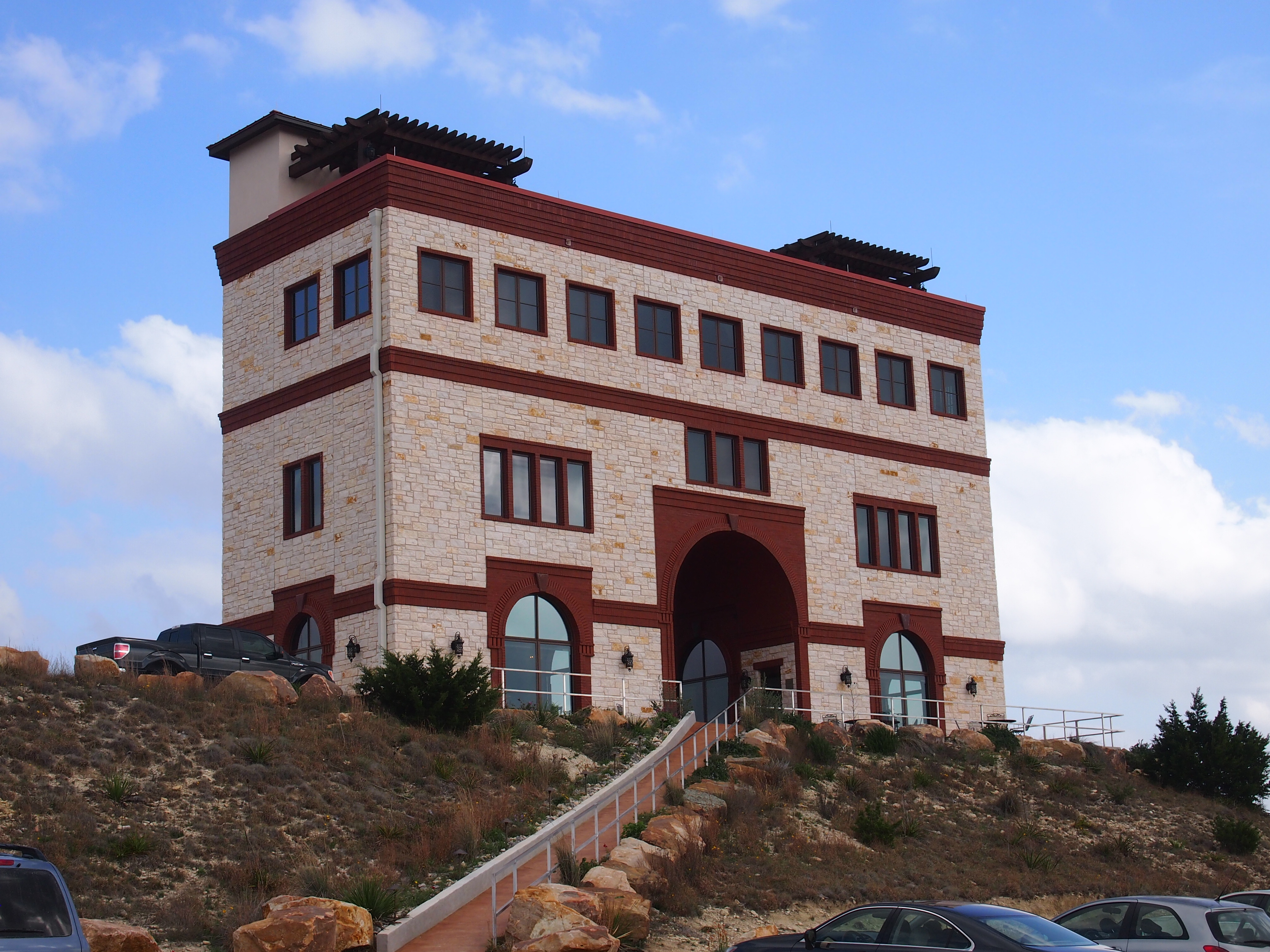 The structure offers lodging — with a patio and pool in back — and a room to taste local wines, as well as Hill Country views from the roof, available to any passerby during normal business hours.
The structure offers lodging — with a patio and pool in back — and a room to taste local wines, as well as Hill Country views from the roof, available to any passerby during normal business hours.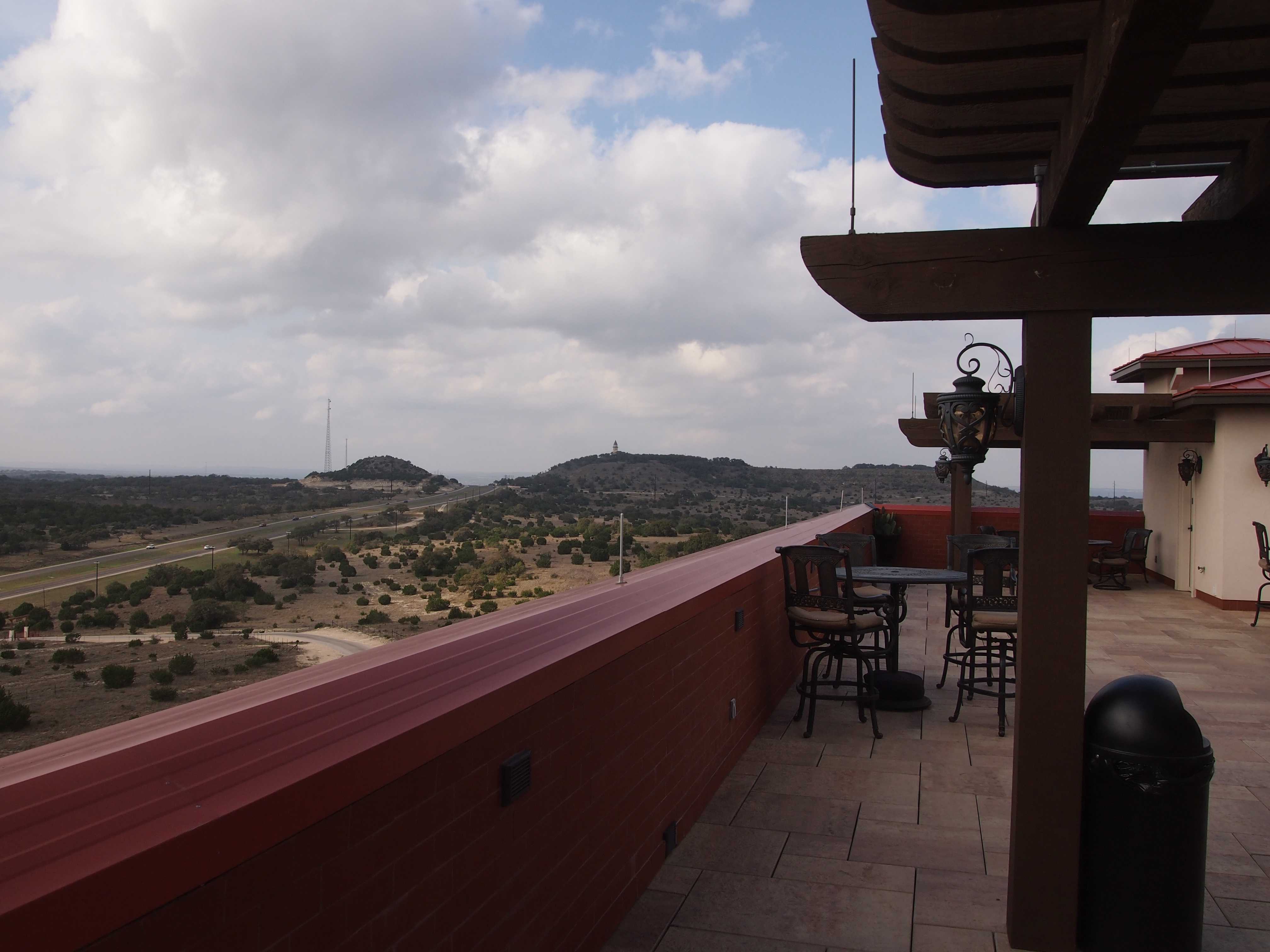 Arc de Texas is part of a larger entity called Lighthouse Hill Ranch, whose acreage offers a number of posh places to stay for the night.
Arc de Texas is part of a larger entity called Lighthouse Hill Ranch, whose acreage offers a number of posh places to stay for the night.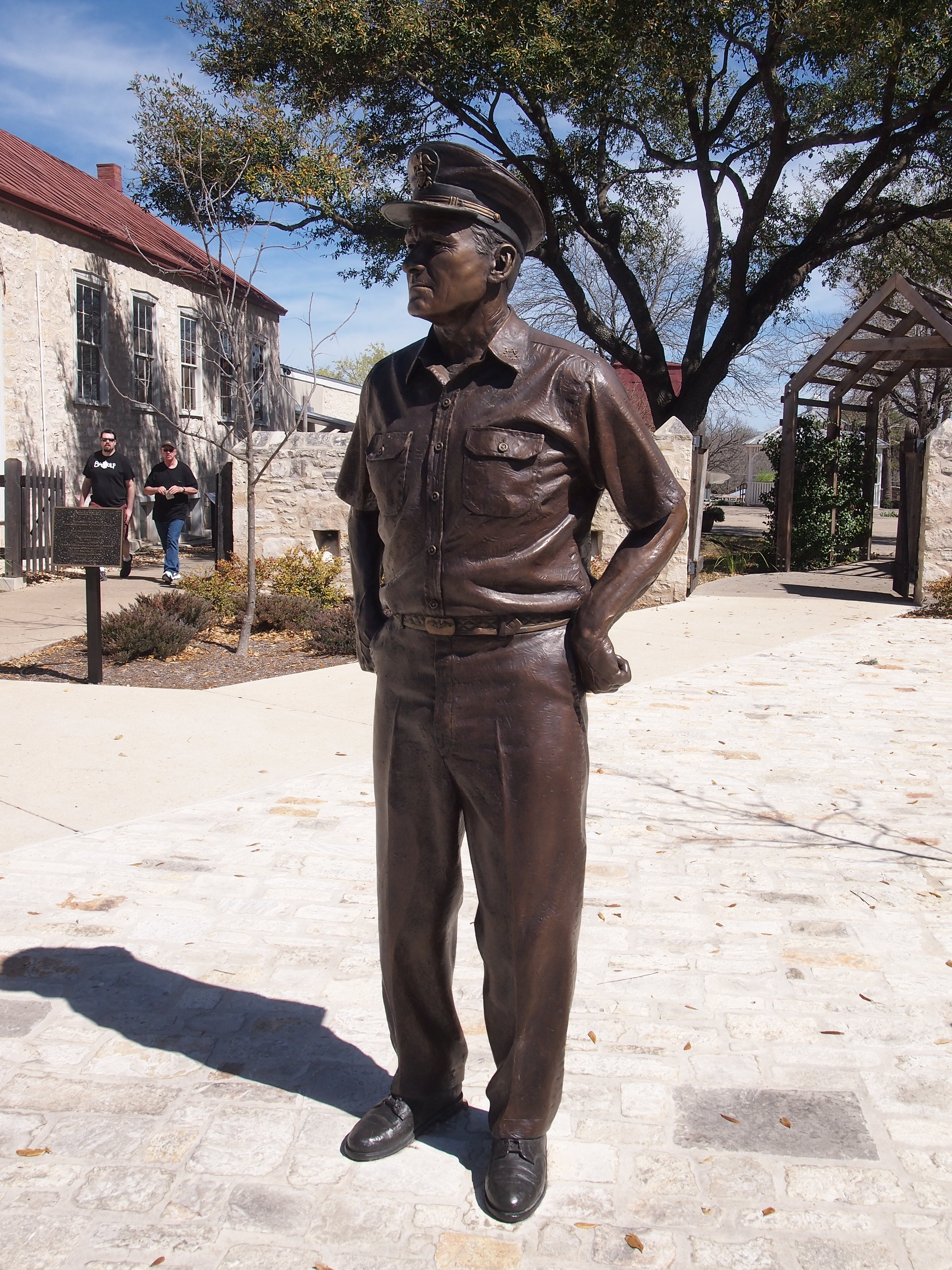 In the George H.W. Bush gallery of the National Museum of Pacific War, you’ll find a painting of a less-expected figure from the history of naval conflict, though completely fitting, in one of the rooms about the buildup to the war: Marshal-Admiral Marquis Tōgō Heihachirō (1848-1934).
In the George H.W. Bush gallery of the National Museum of Pacific War, you’ll find a painting of a less-expected figure from the history of naval conflict, though completely fitting, in one of the rooms about the buildup to the war: Marshal-Admiral Marquis Tōgō Heihachirō (1848-1934).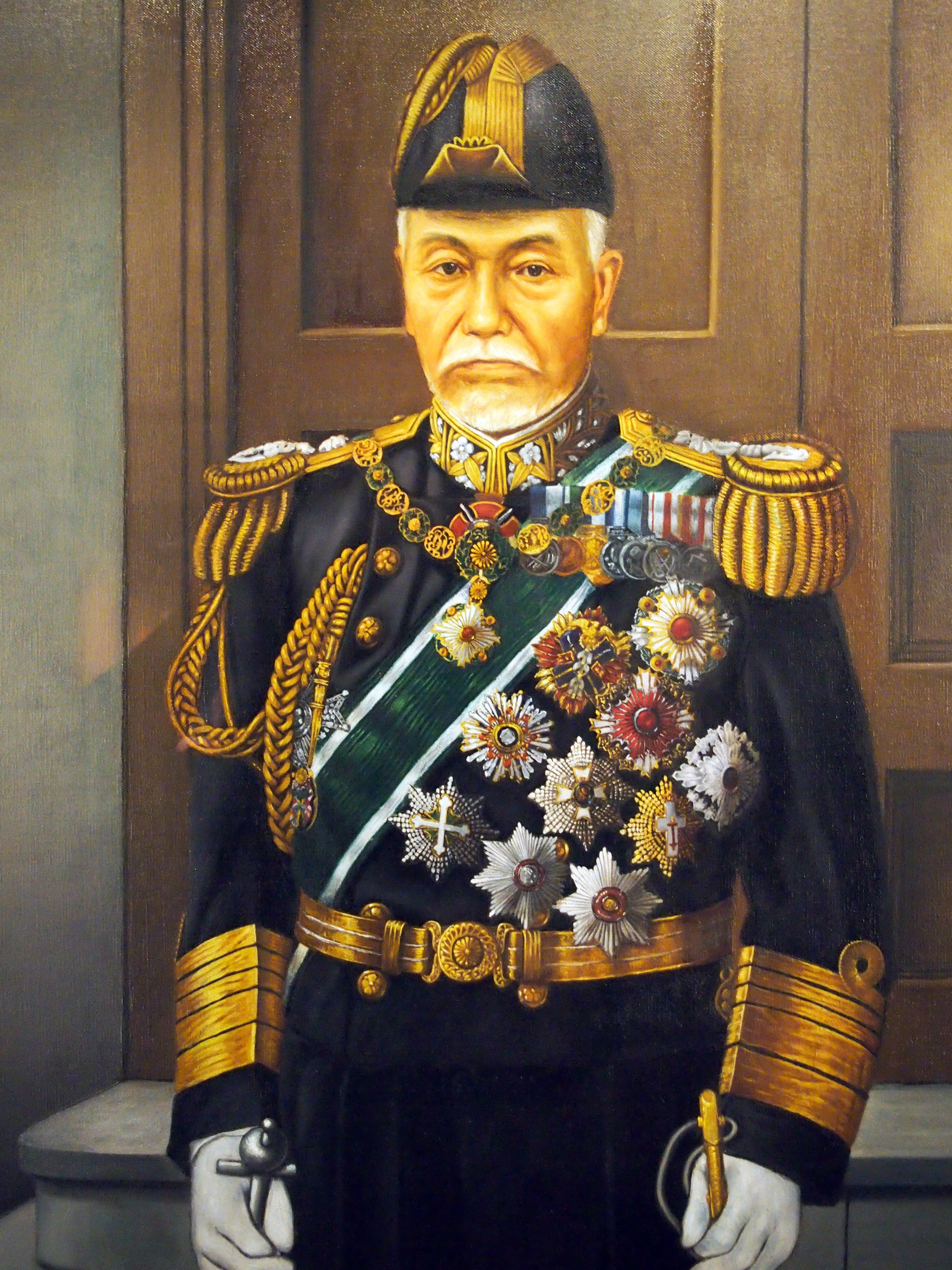 As noted before, Texas is important in marketing goods in Texas. Need more evidence?
As noted before, Texas is important in marketing goods in Texas. Need more evidence? These eggs were obtained at a San Antonio HEB grocery store.
These eggs were obtained at a San Antonio HEB grocery store.